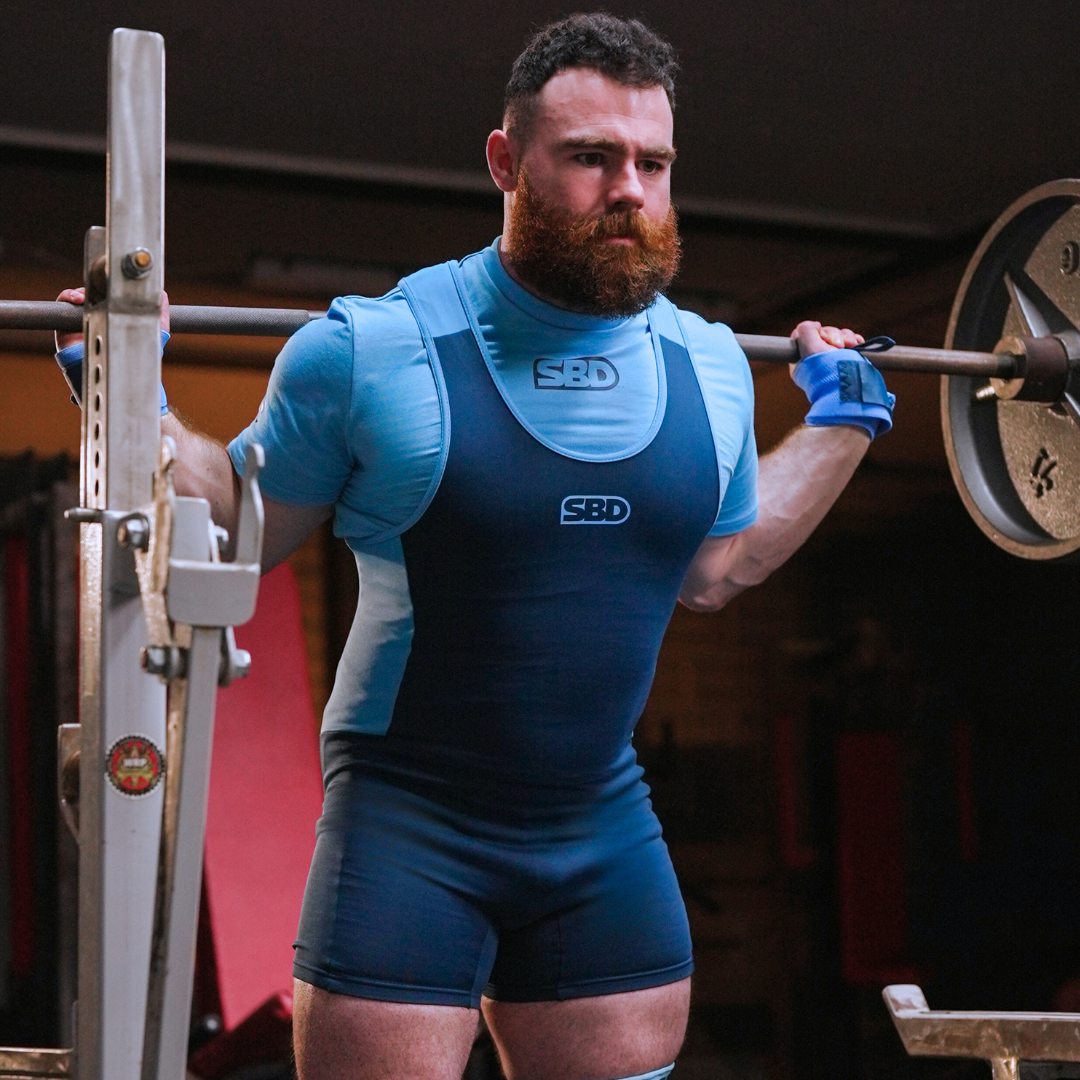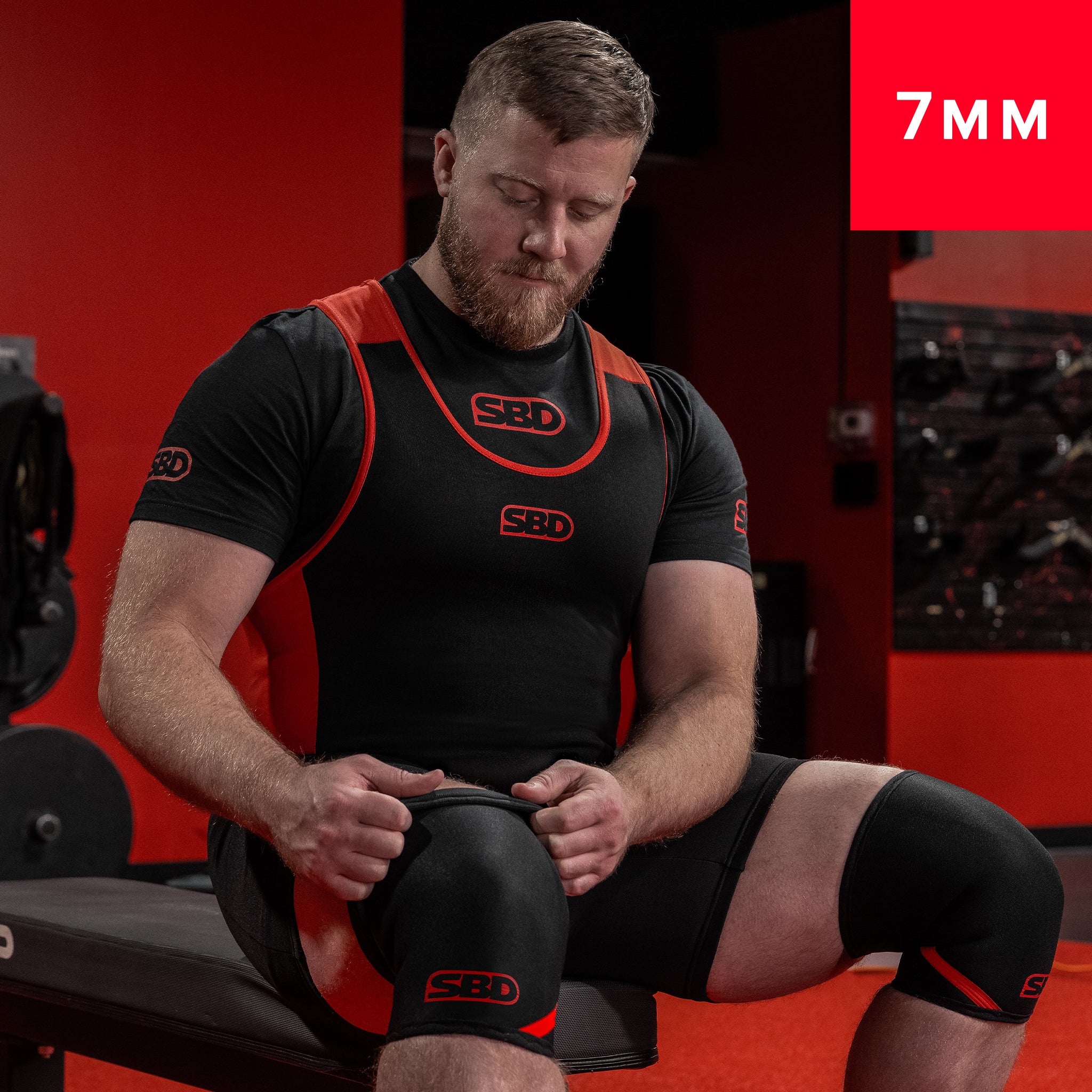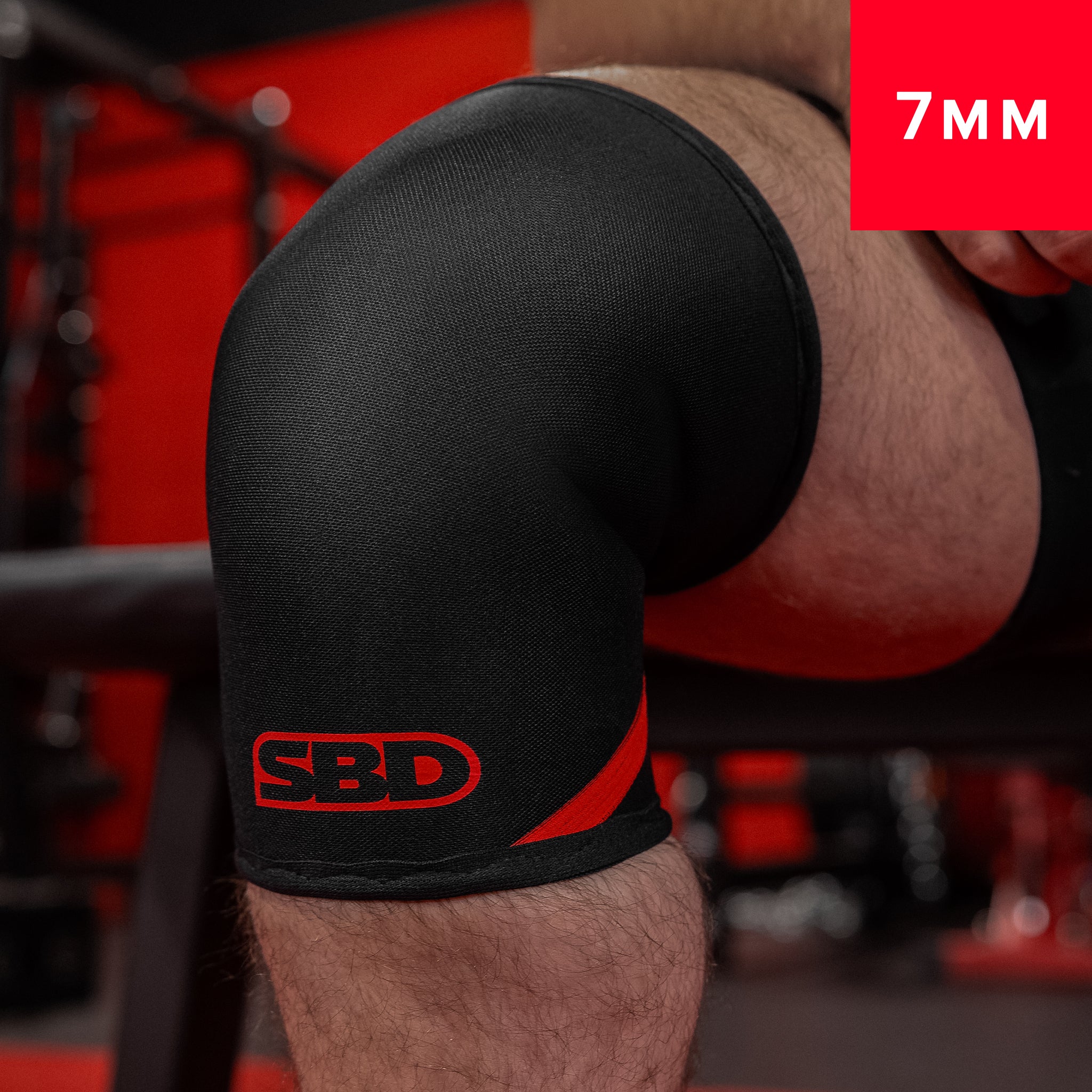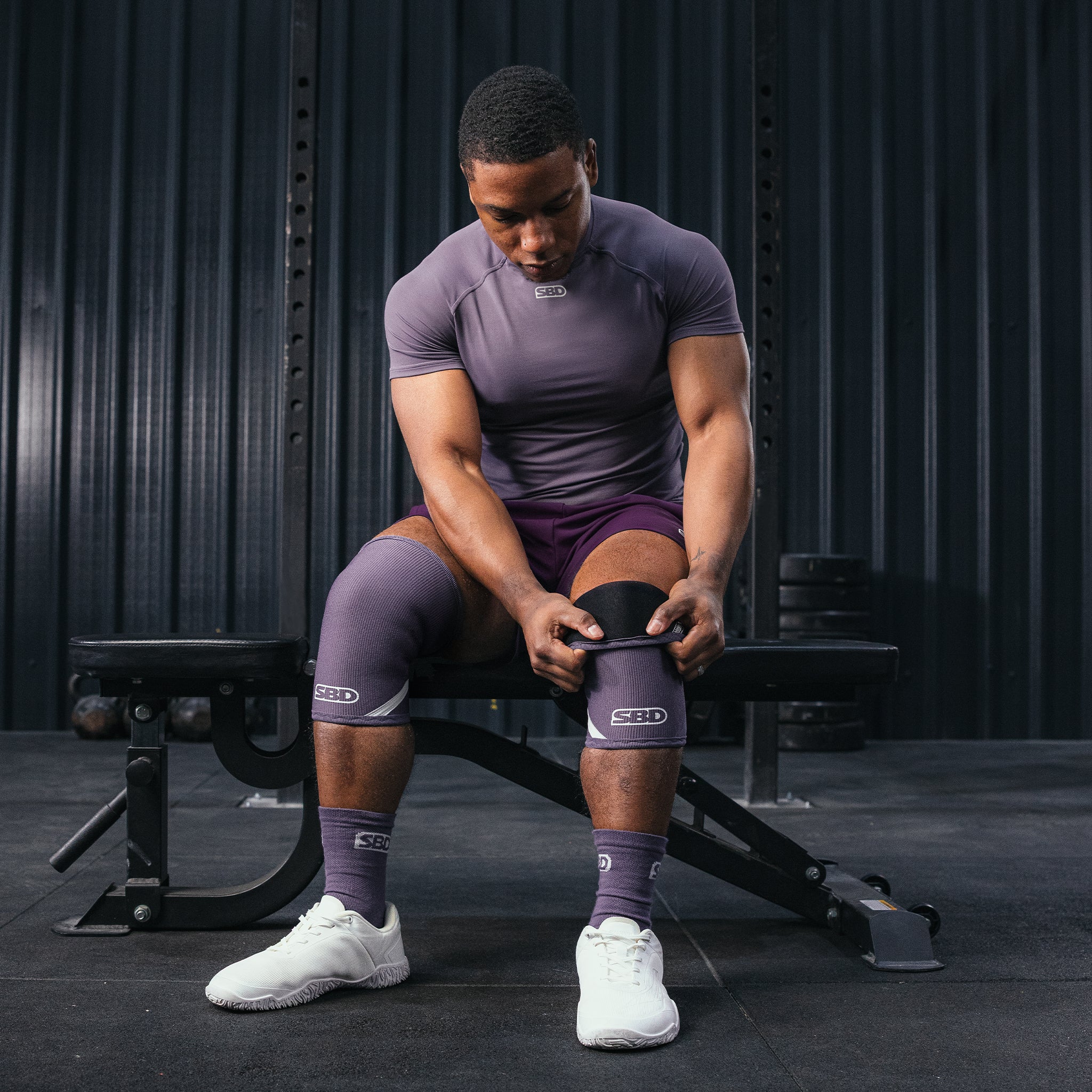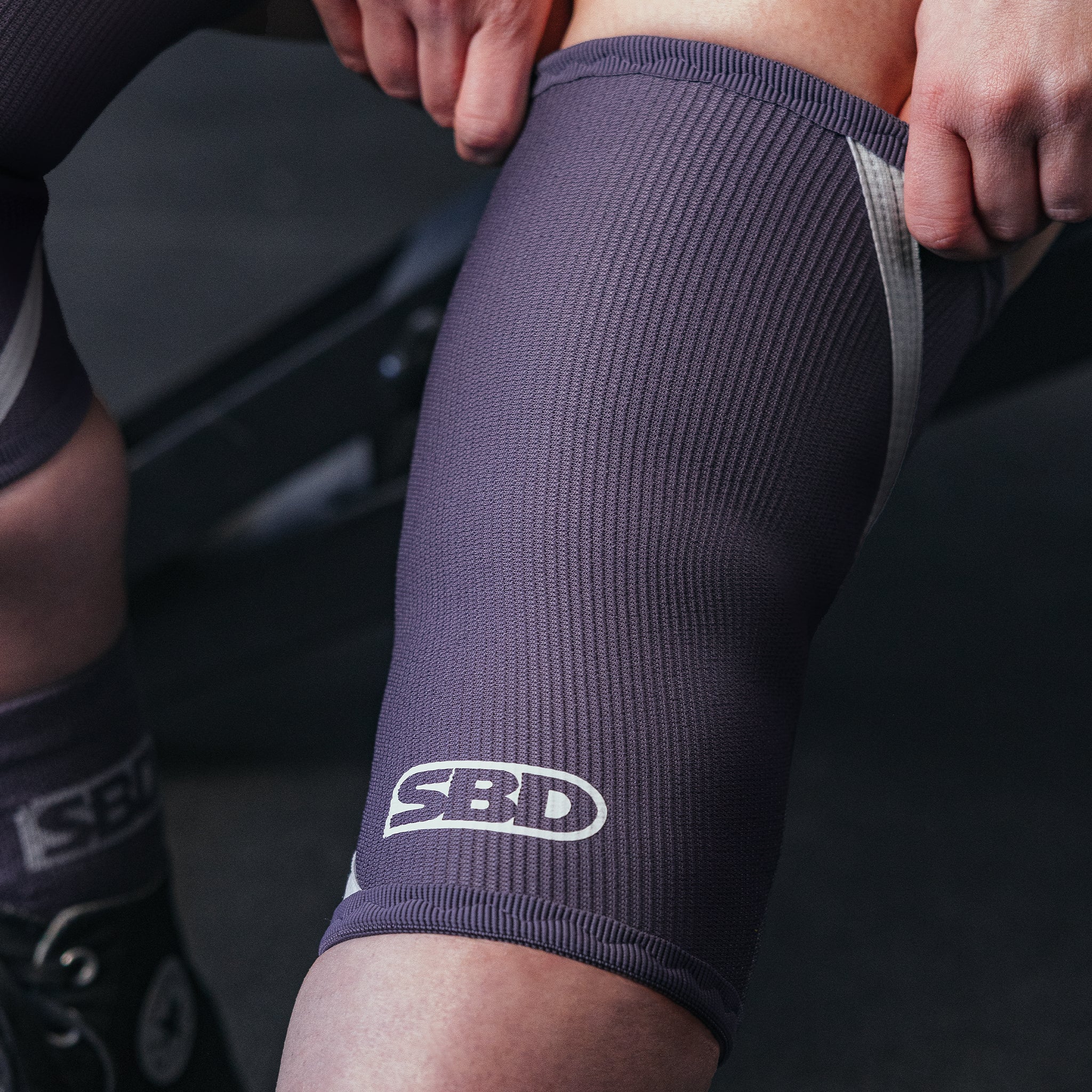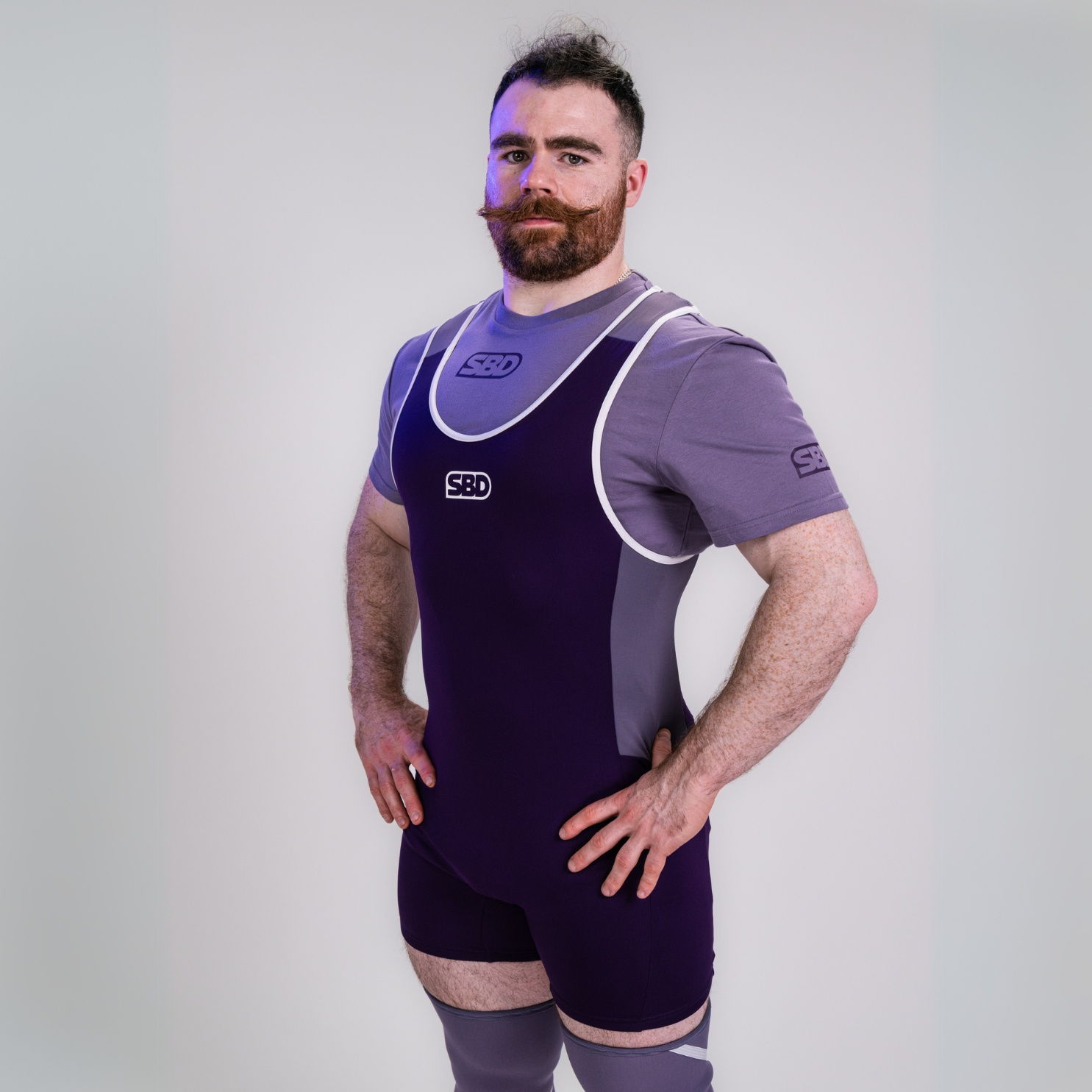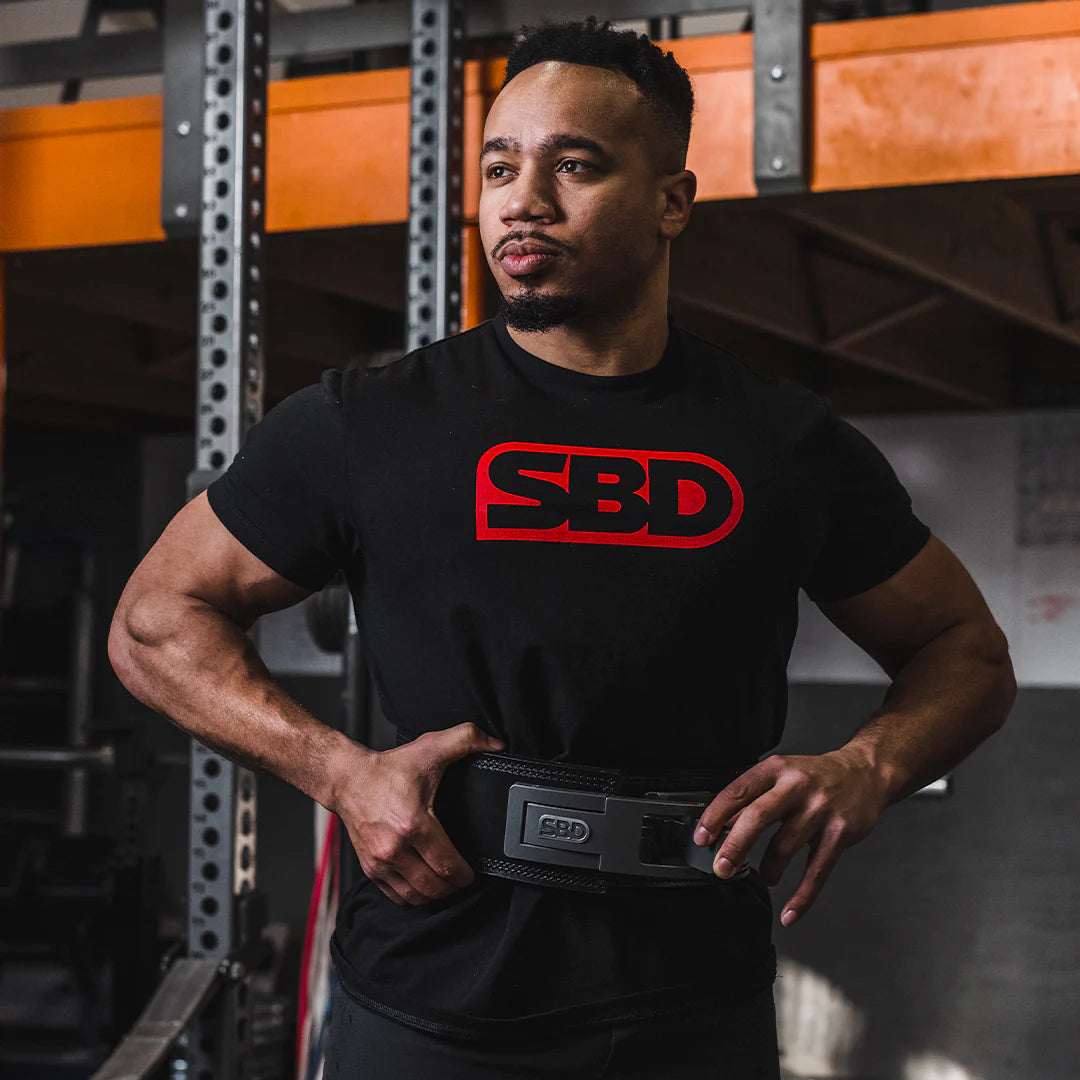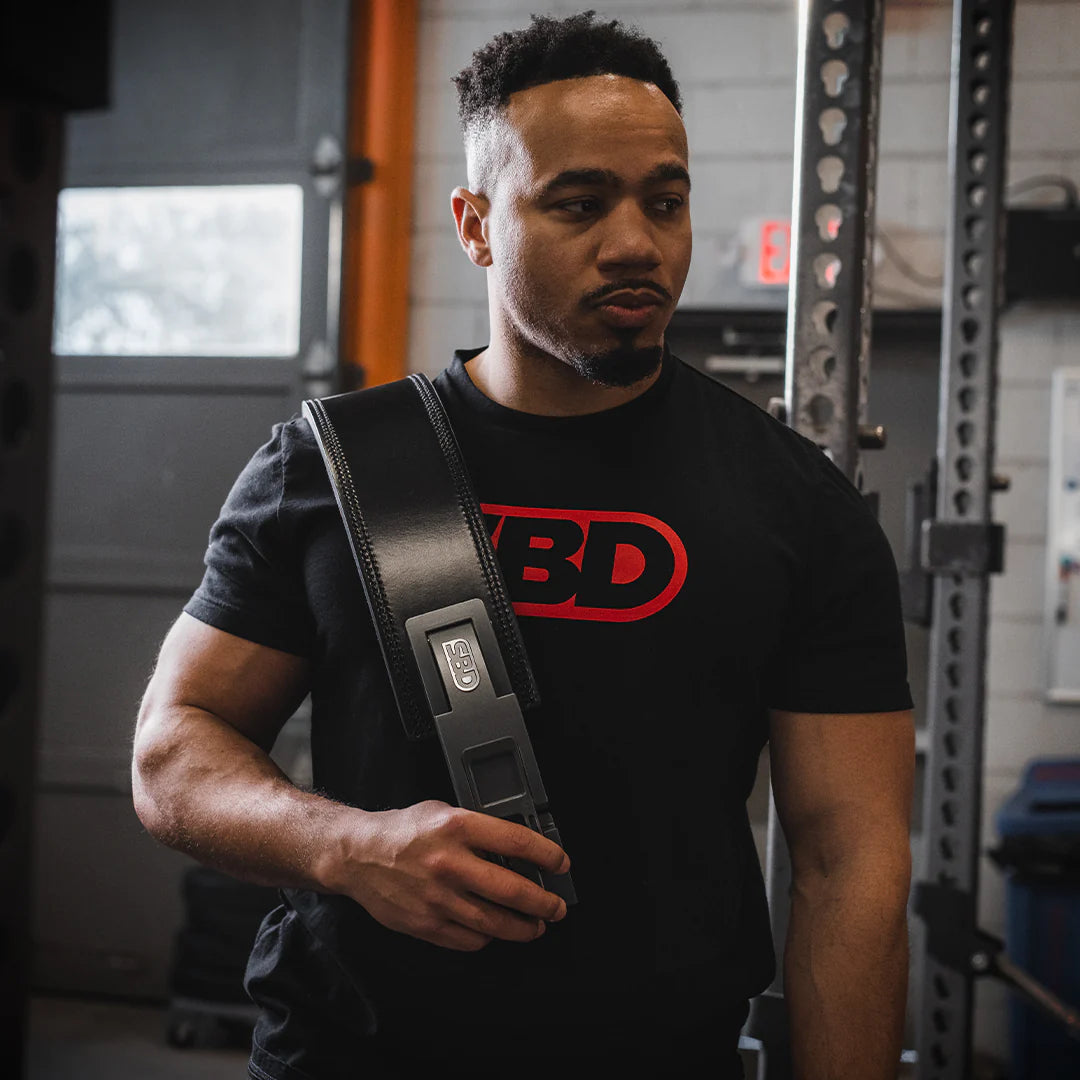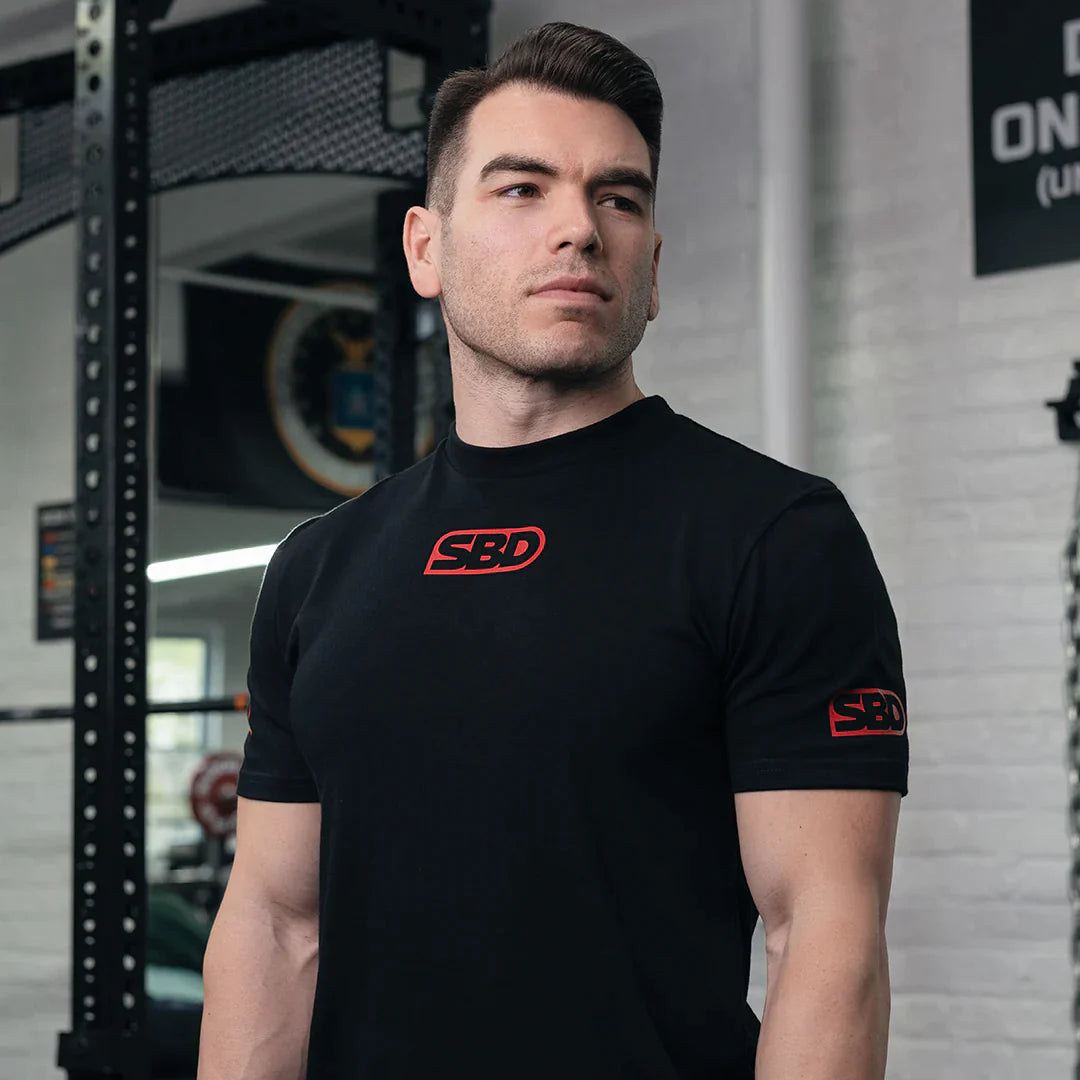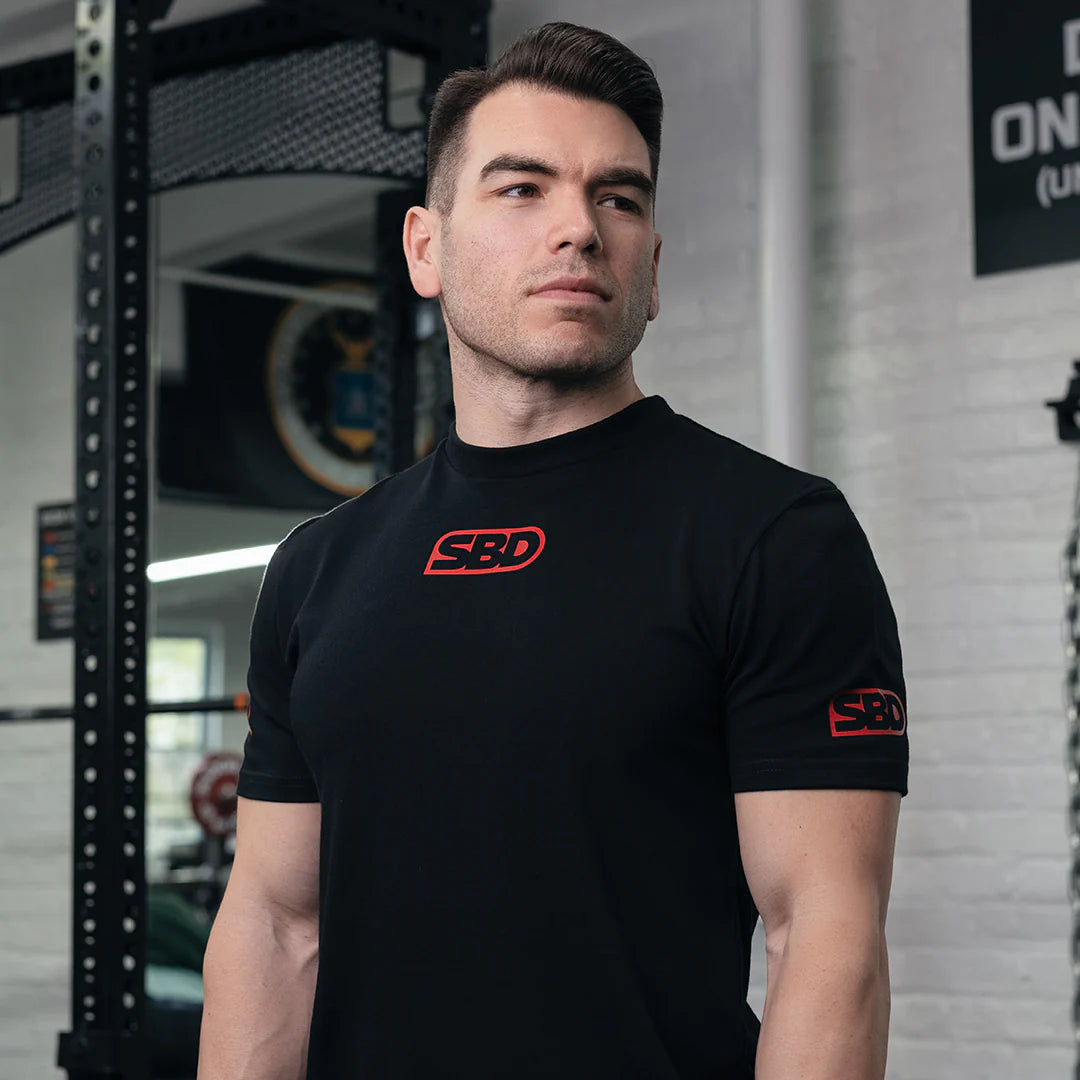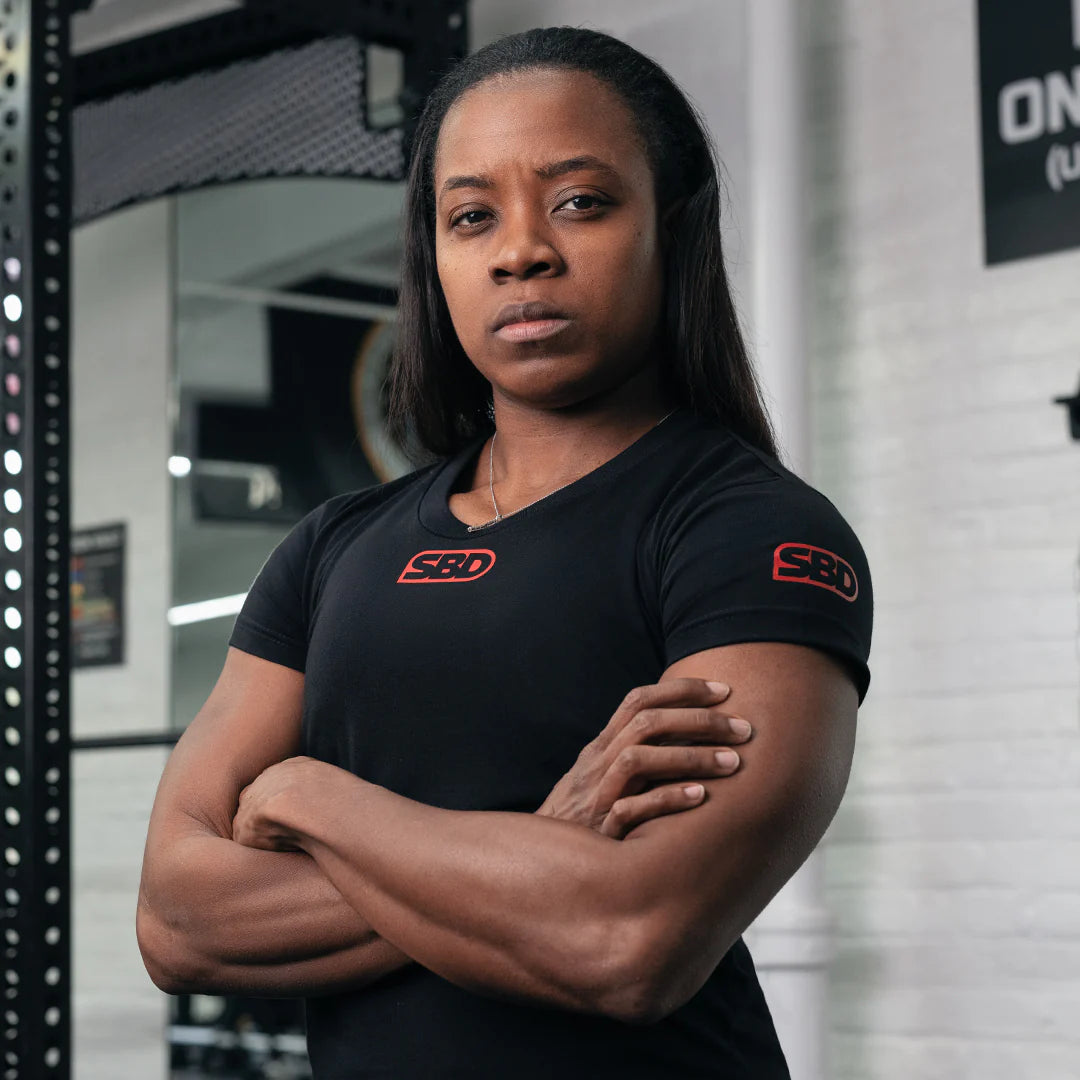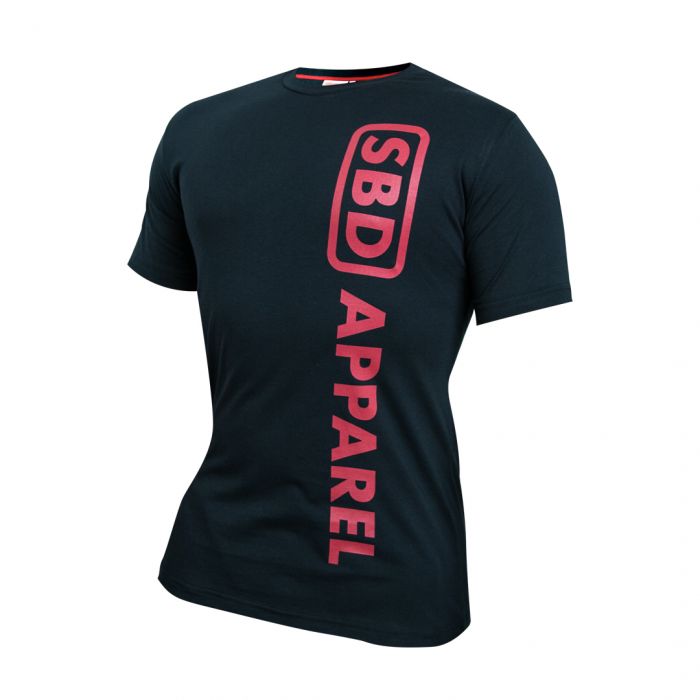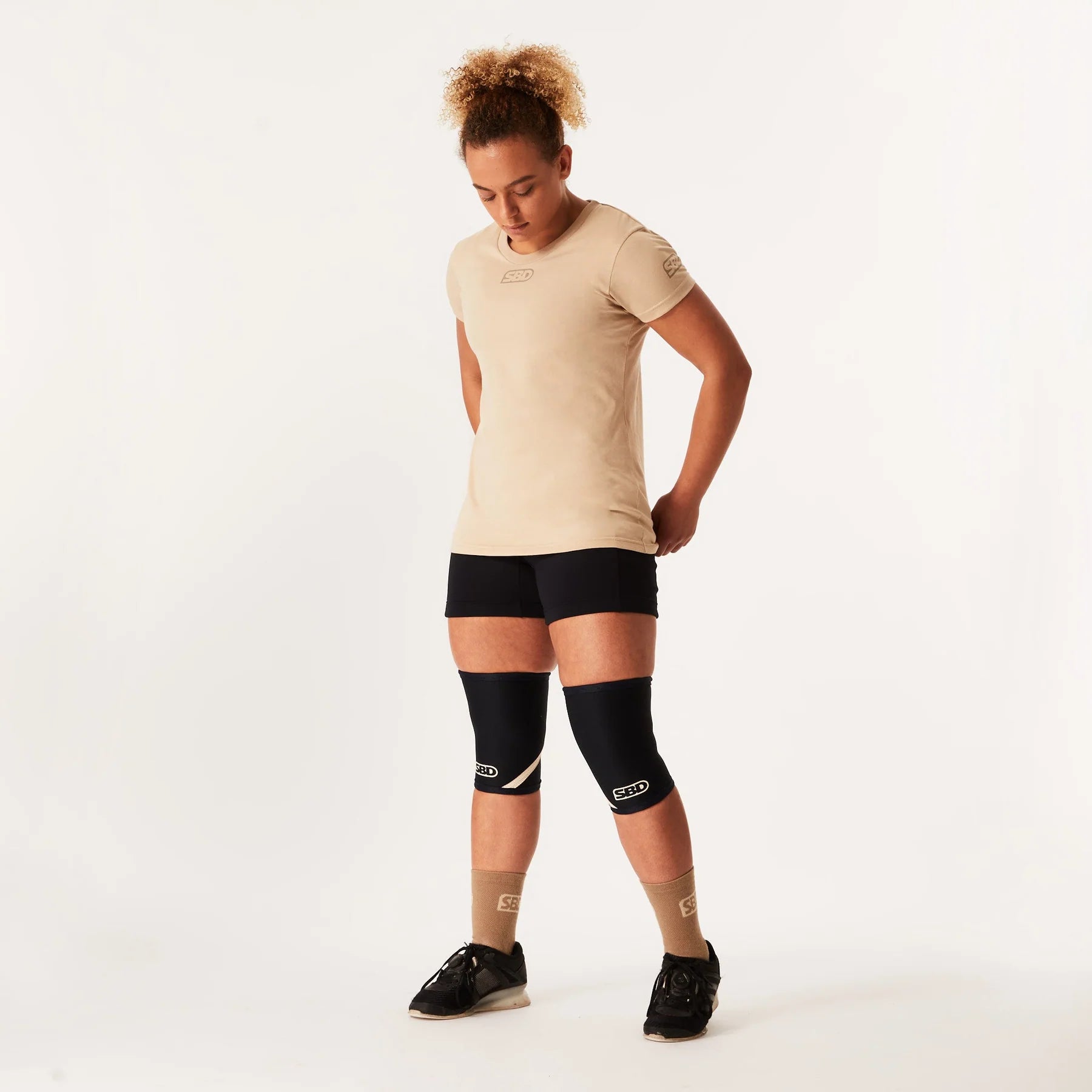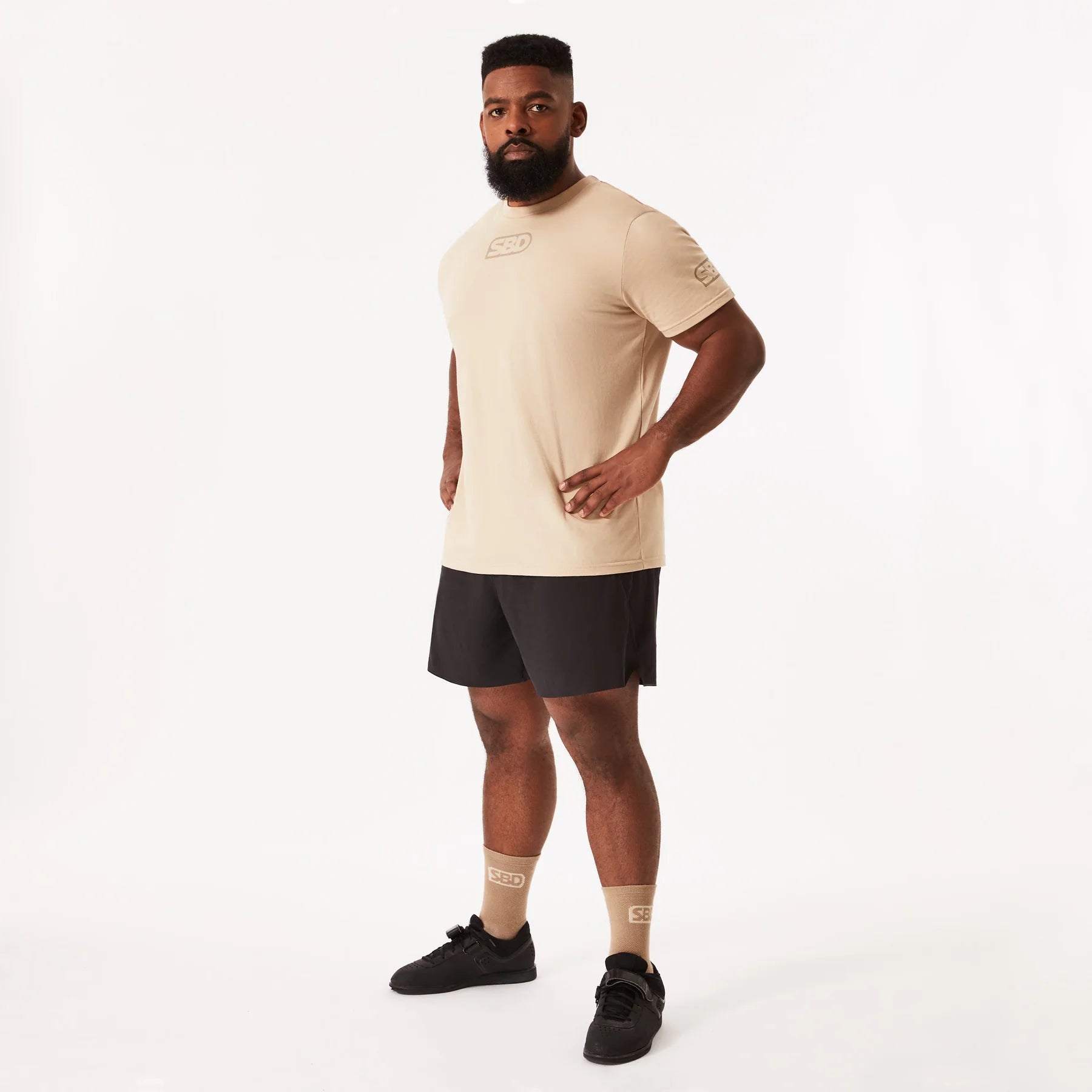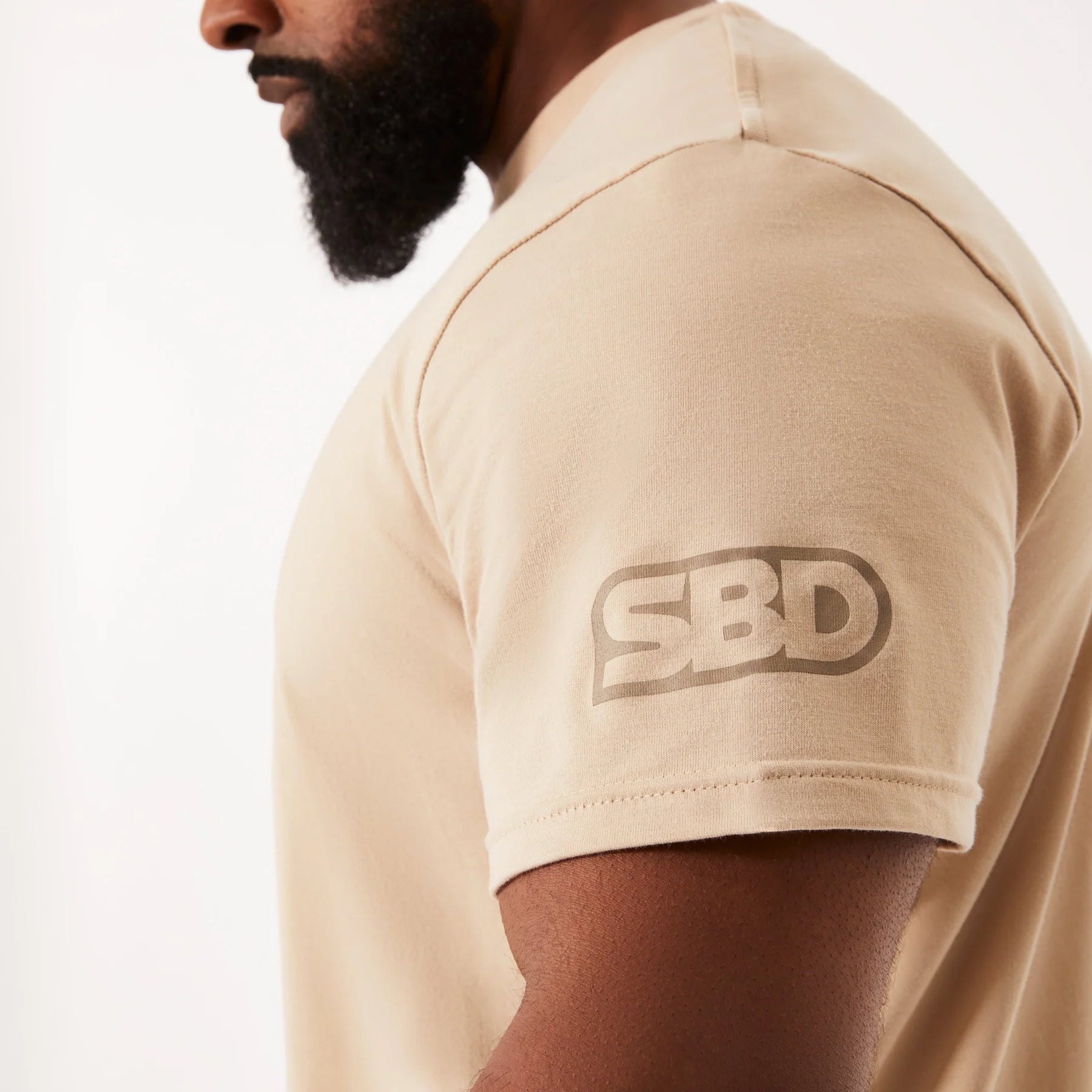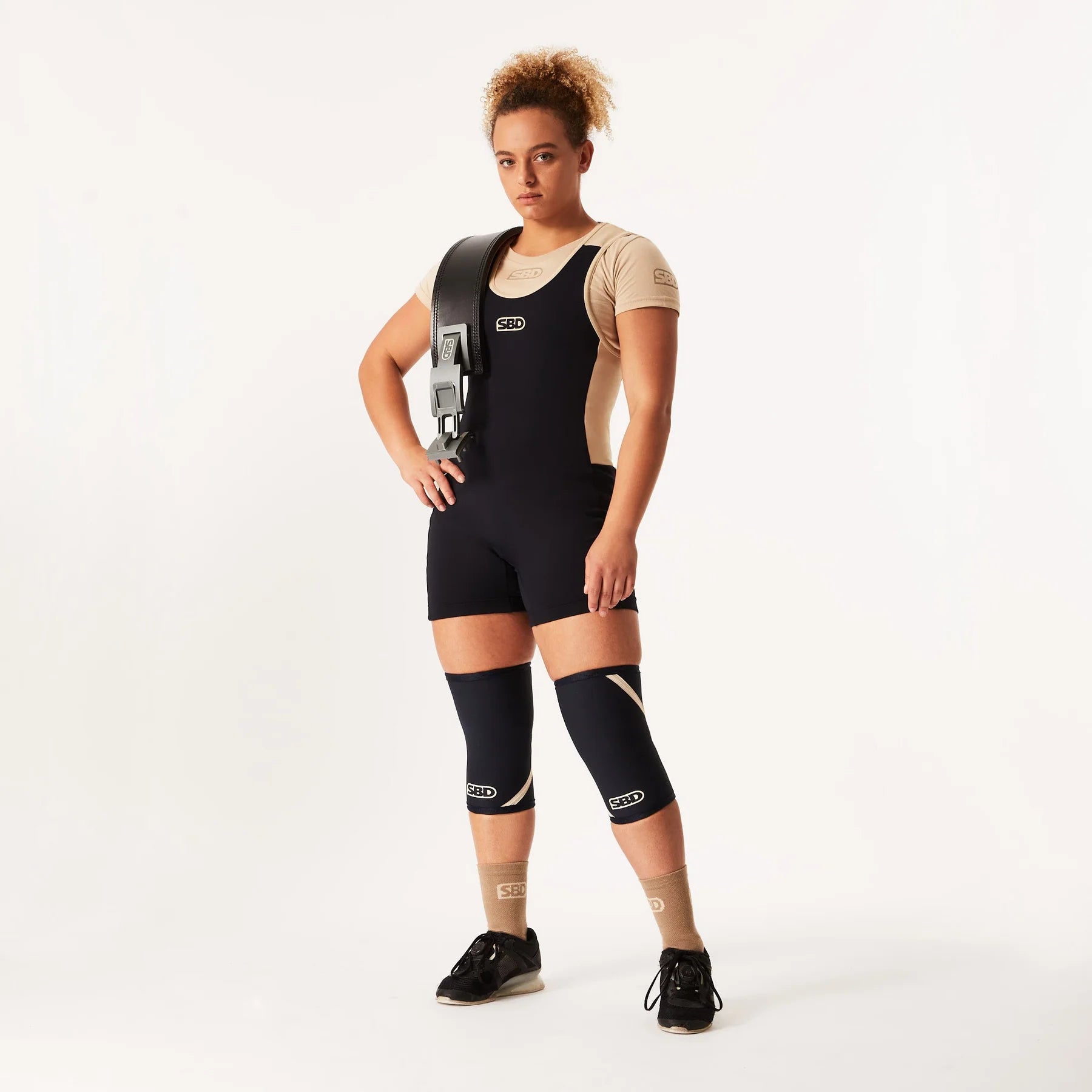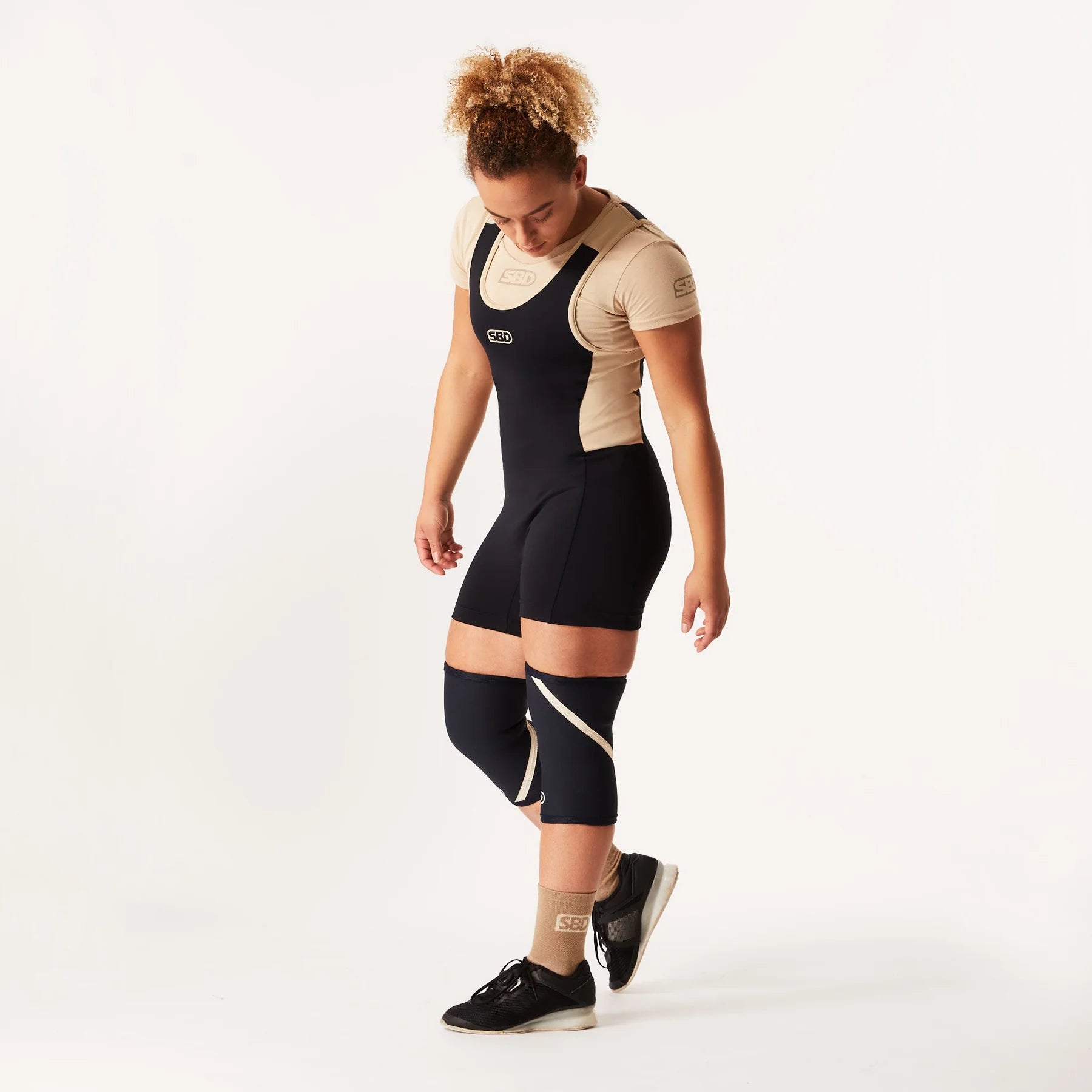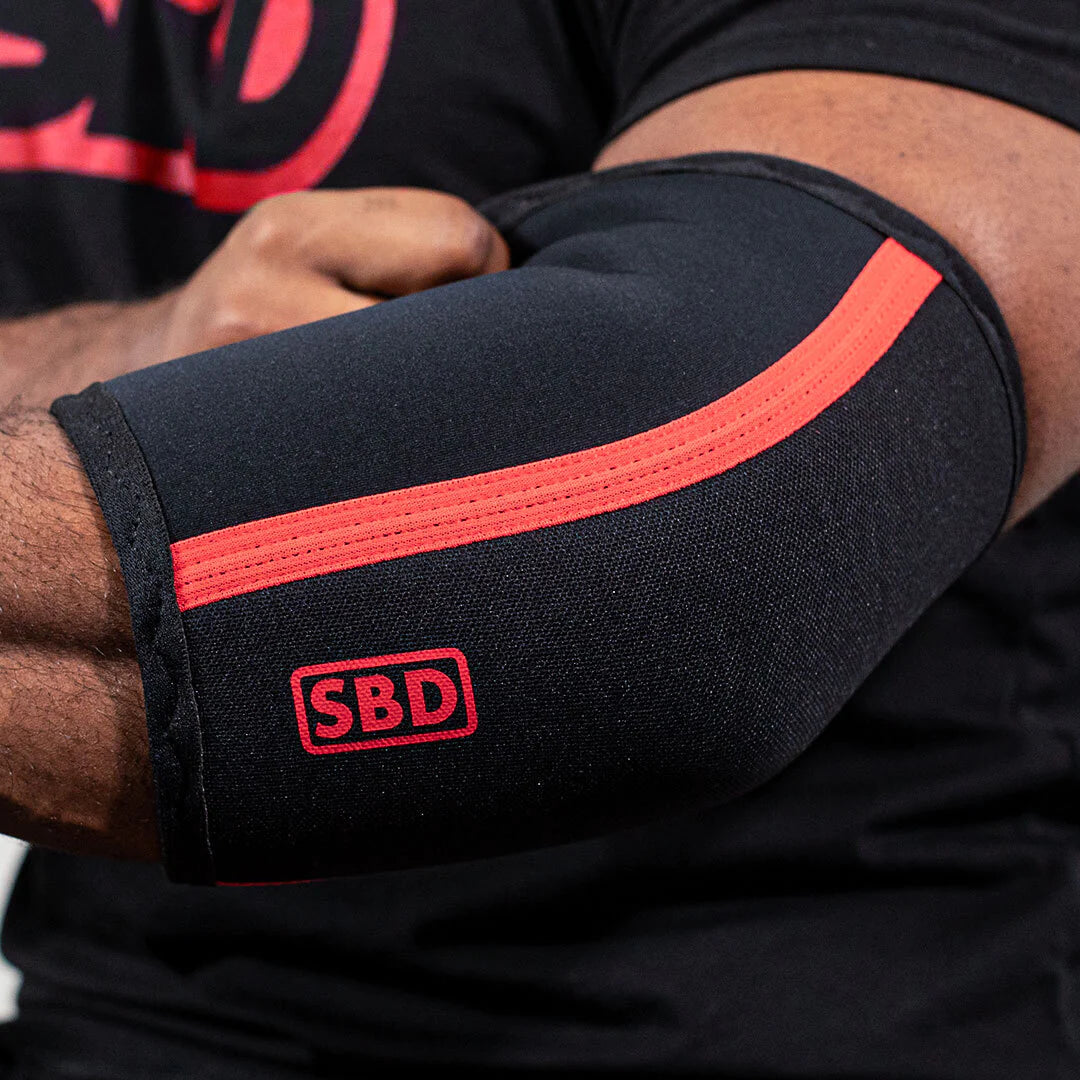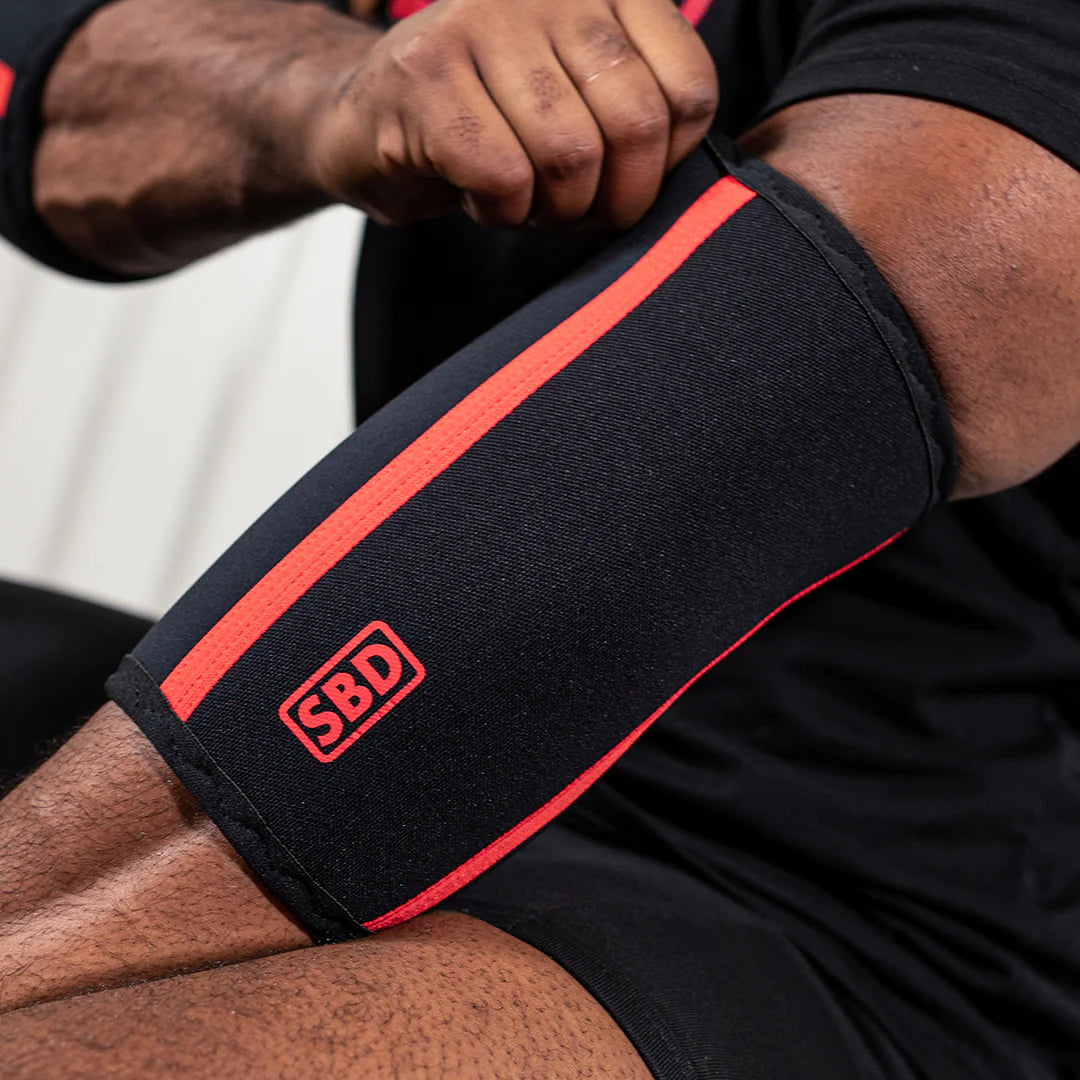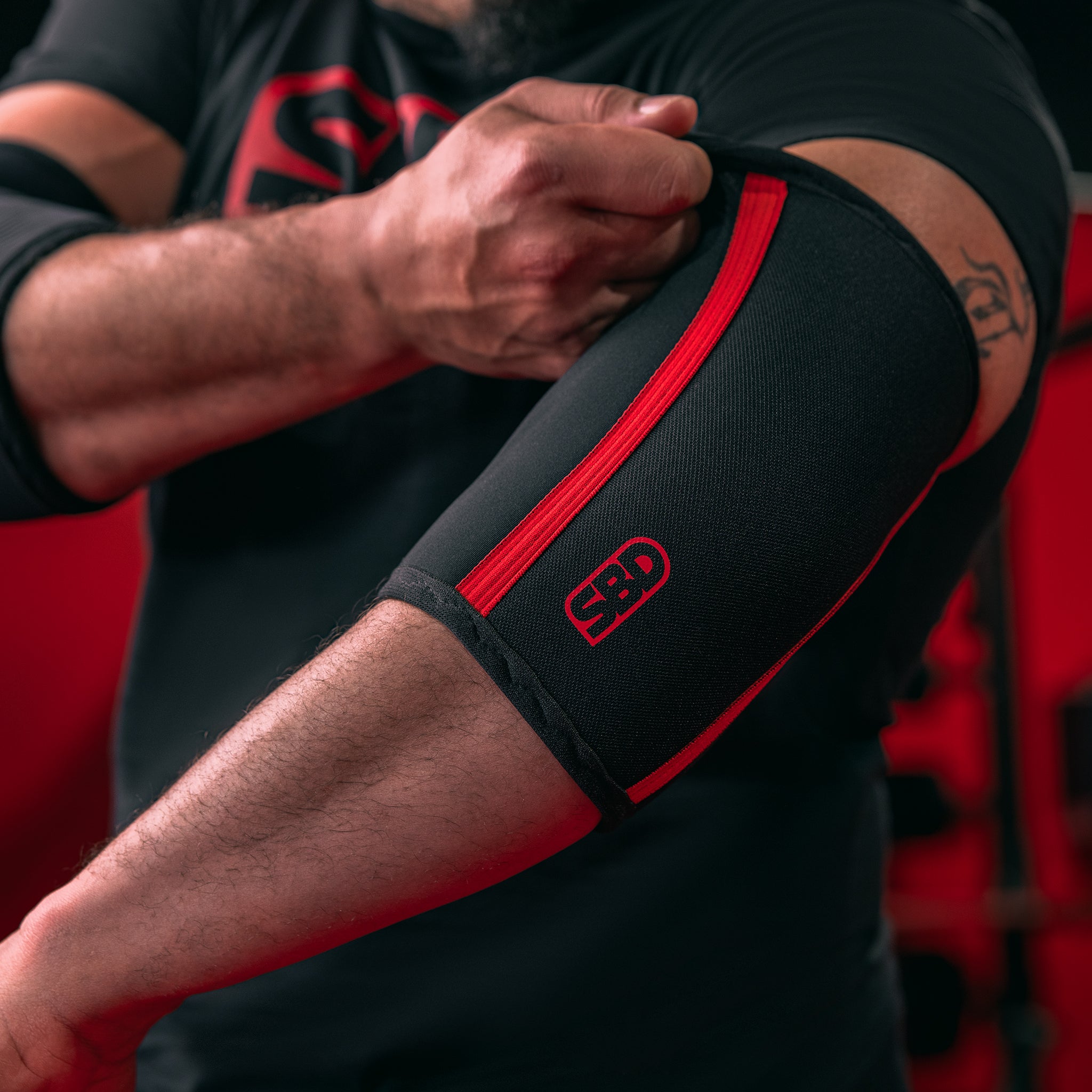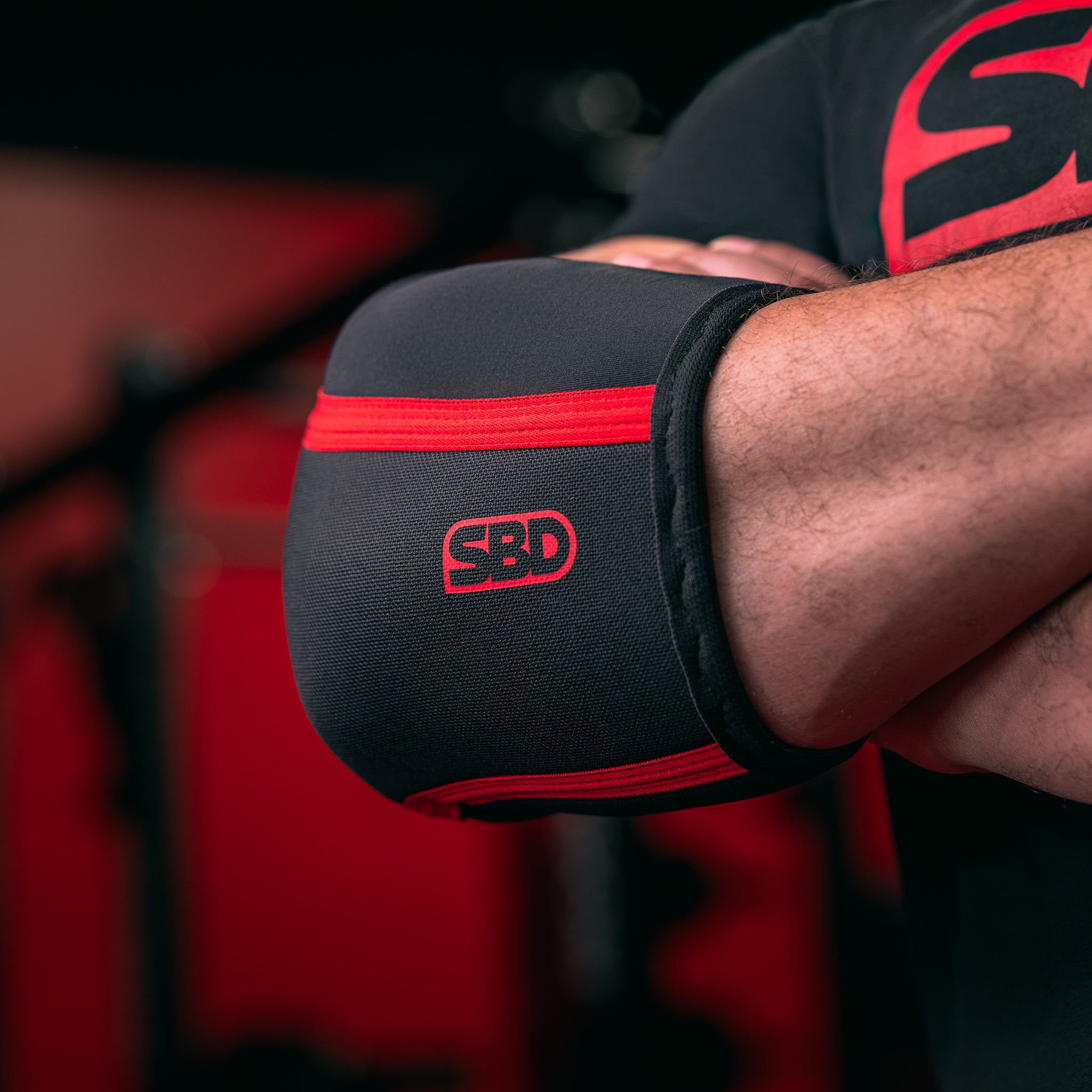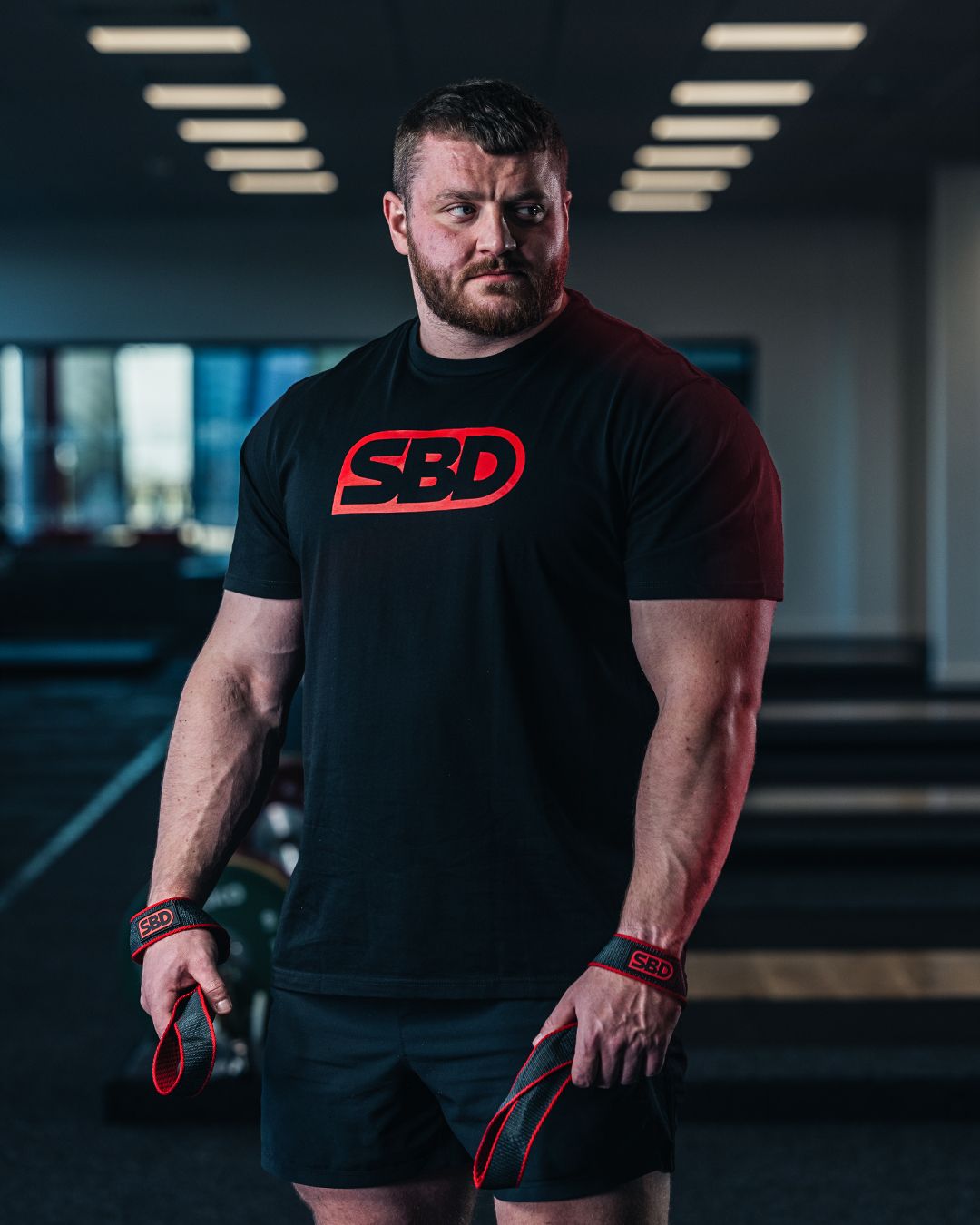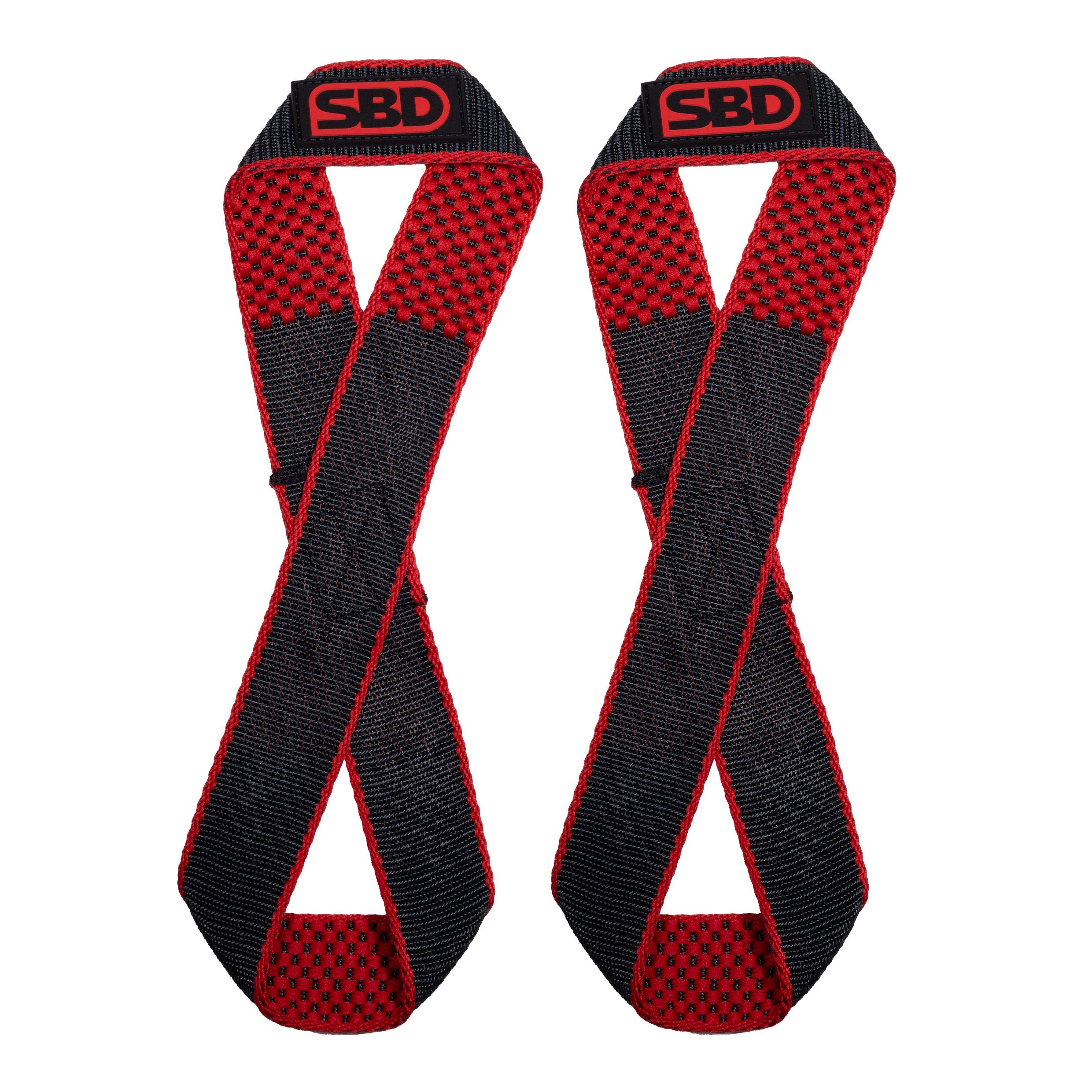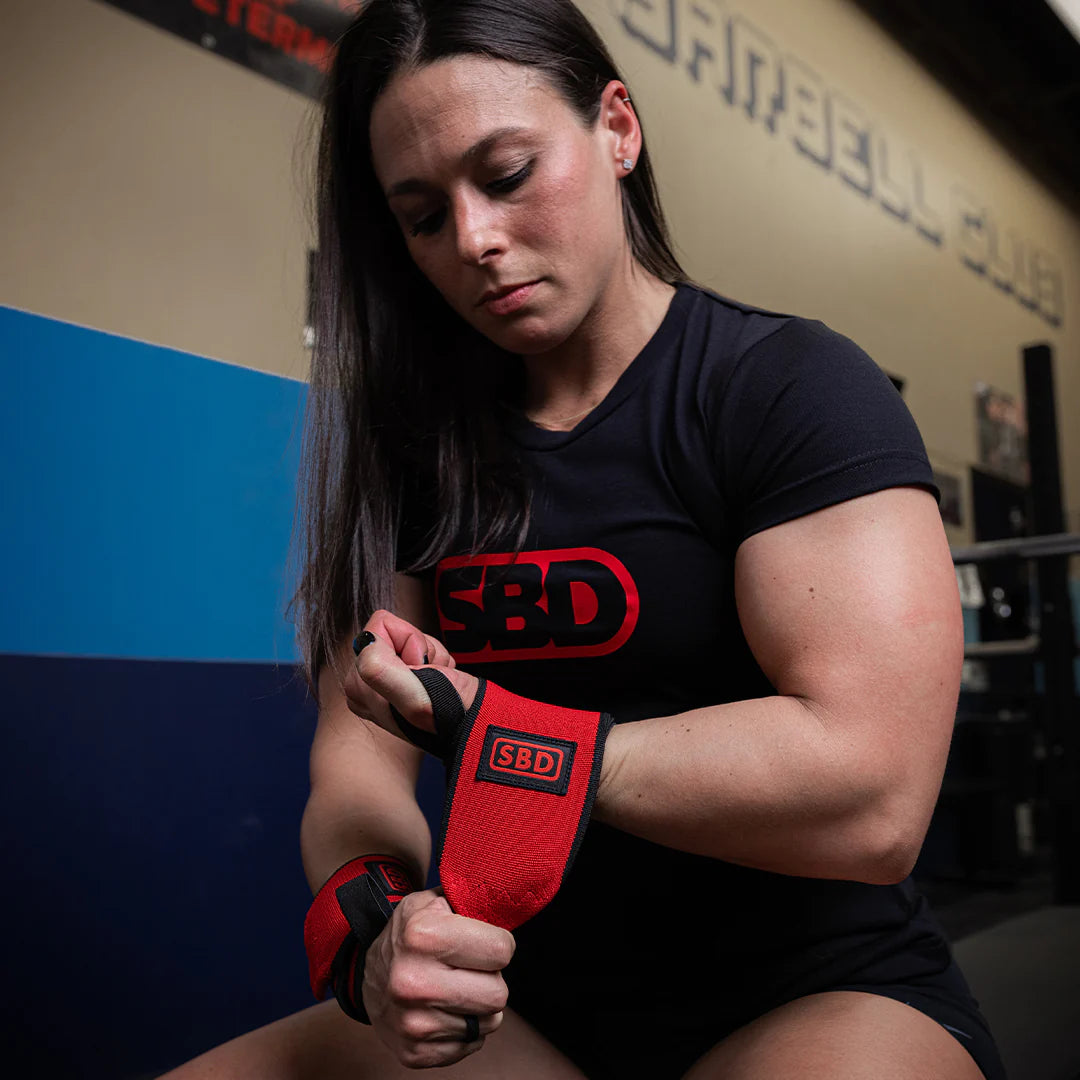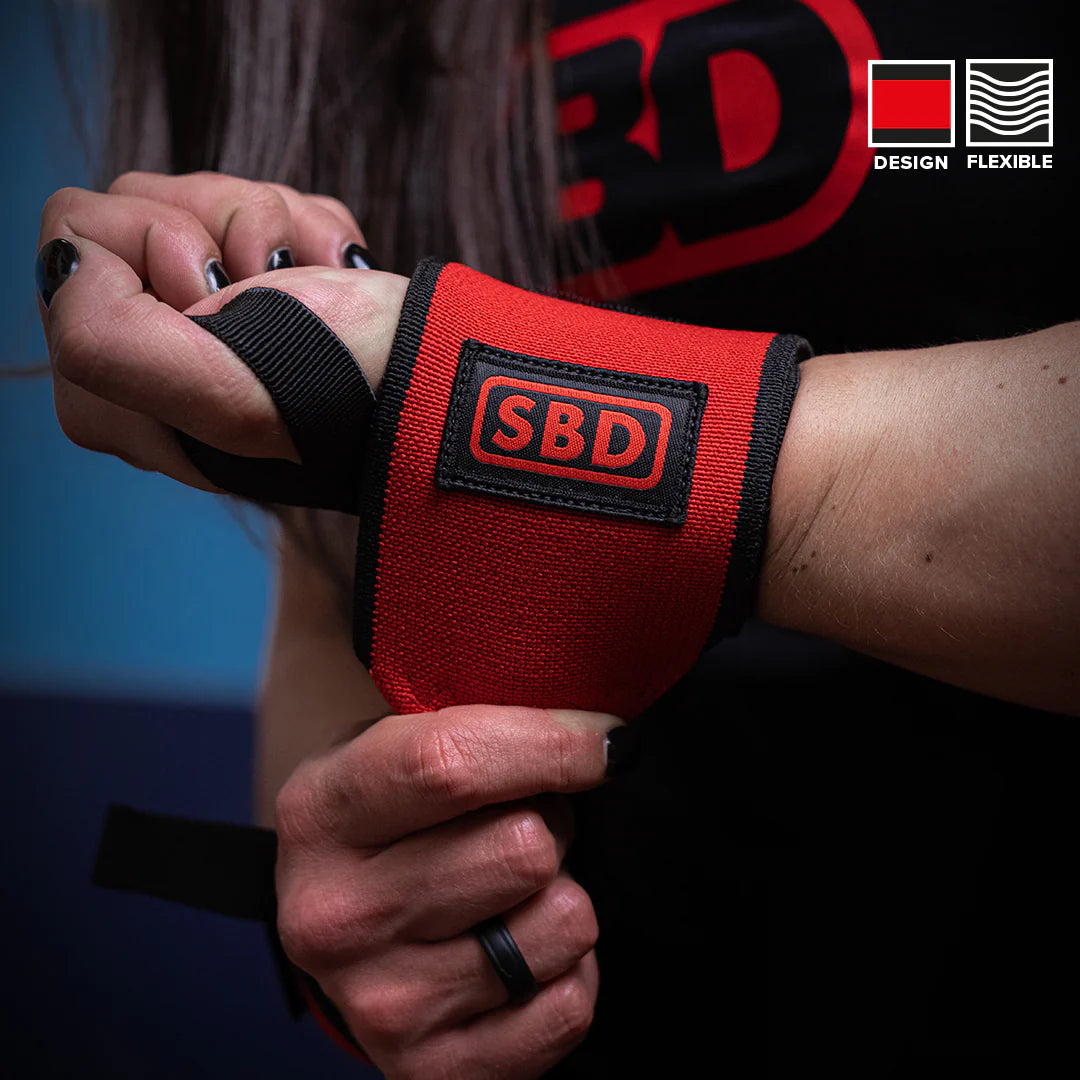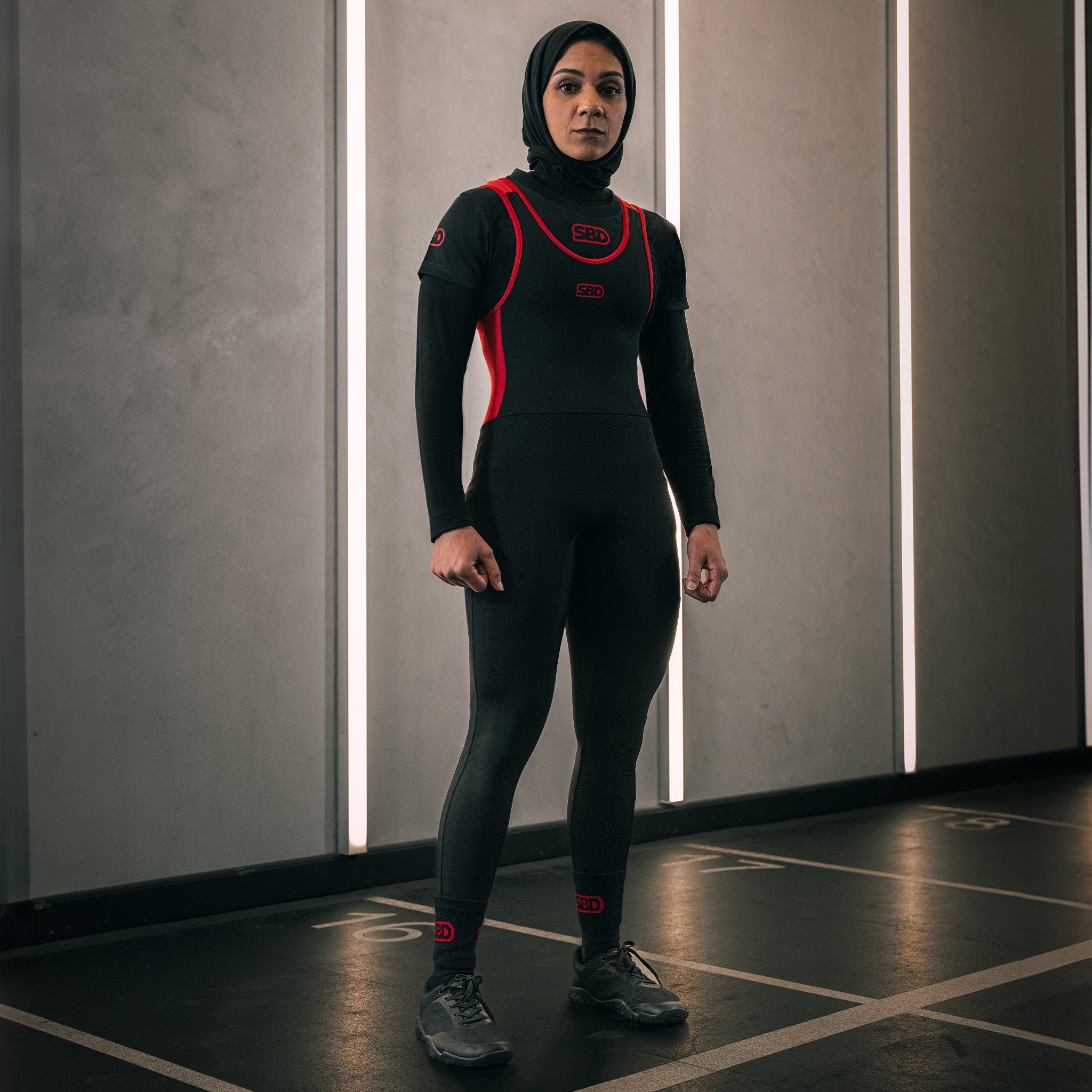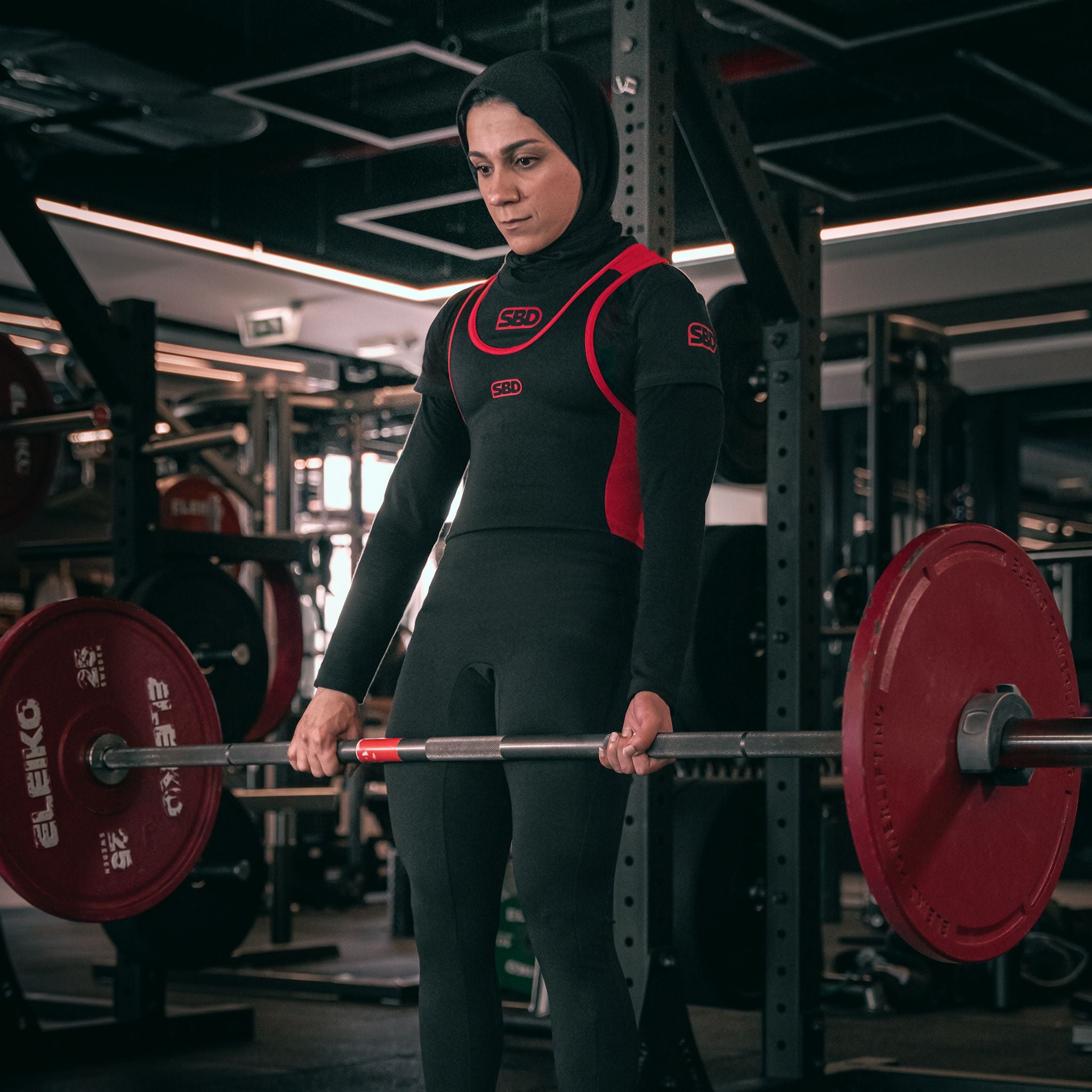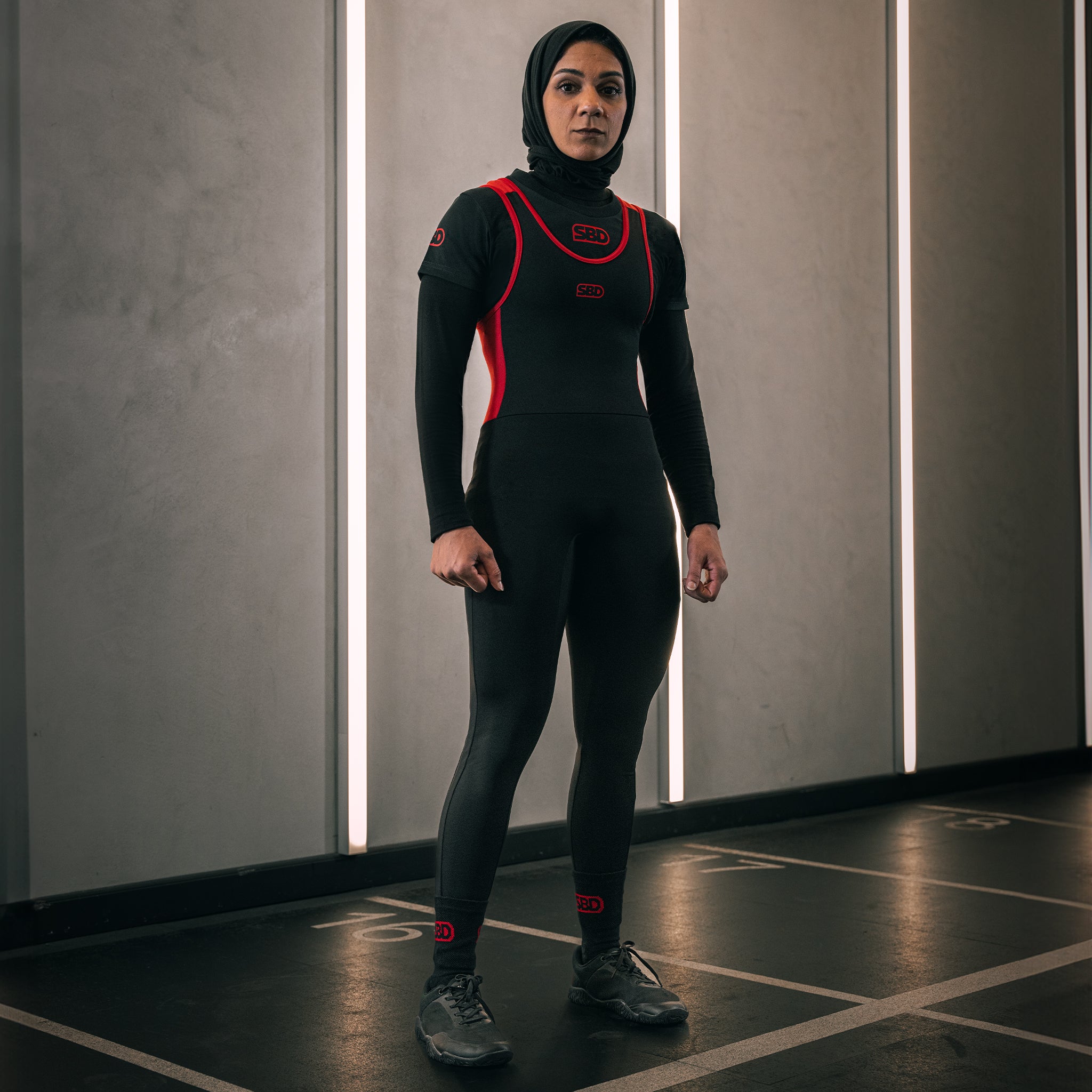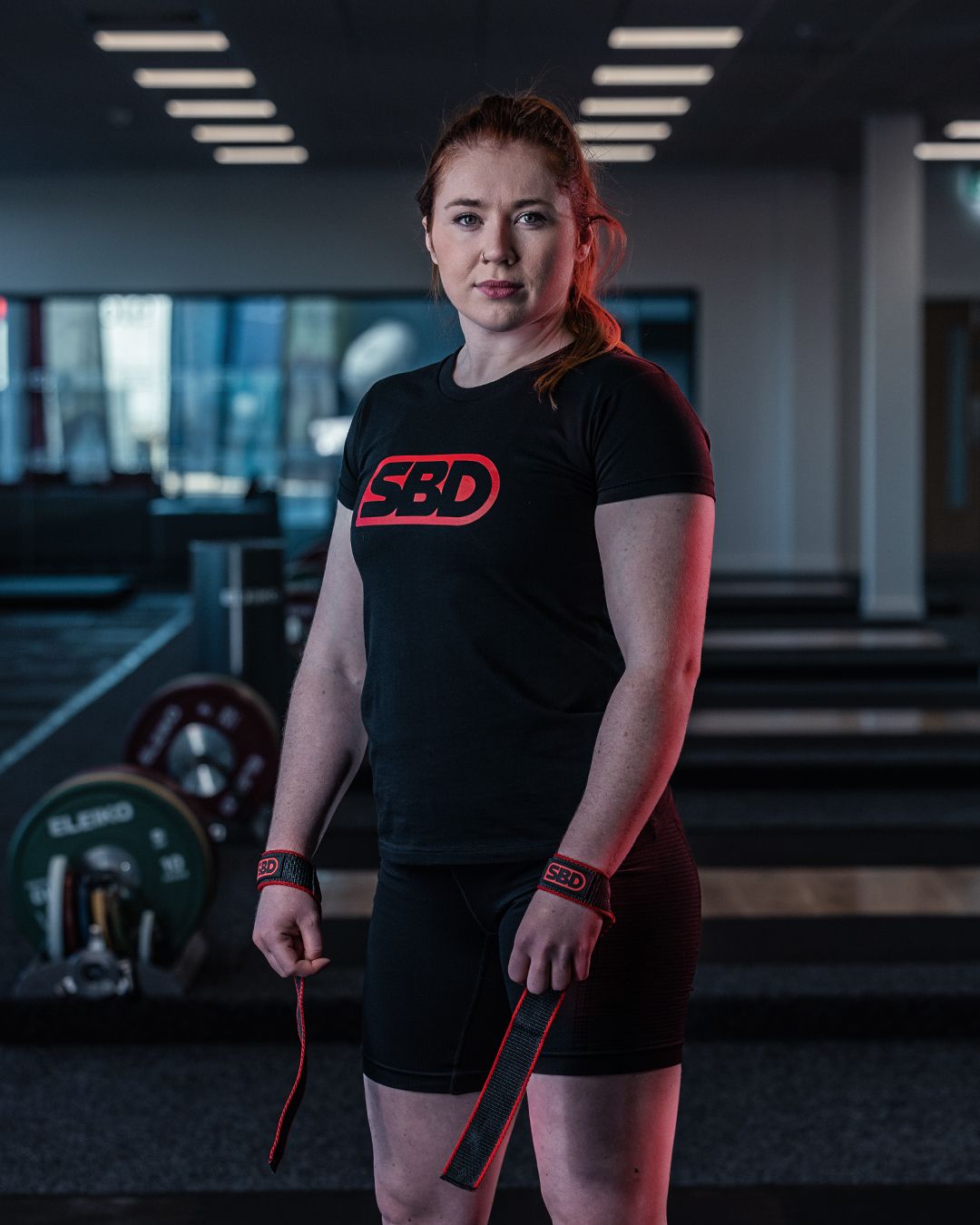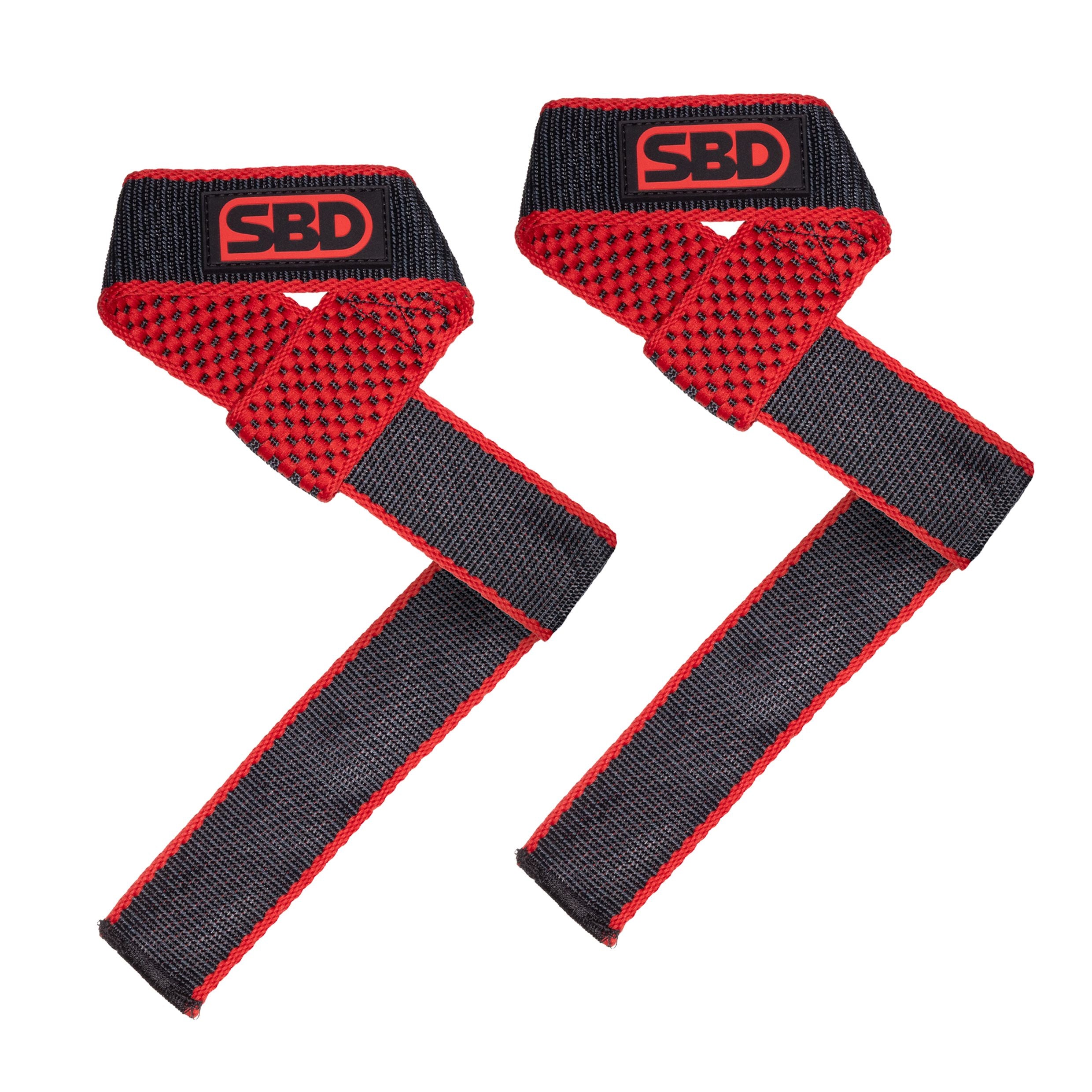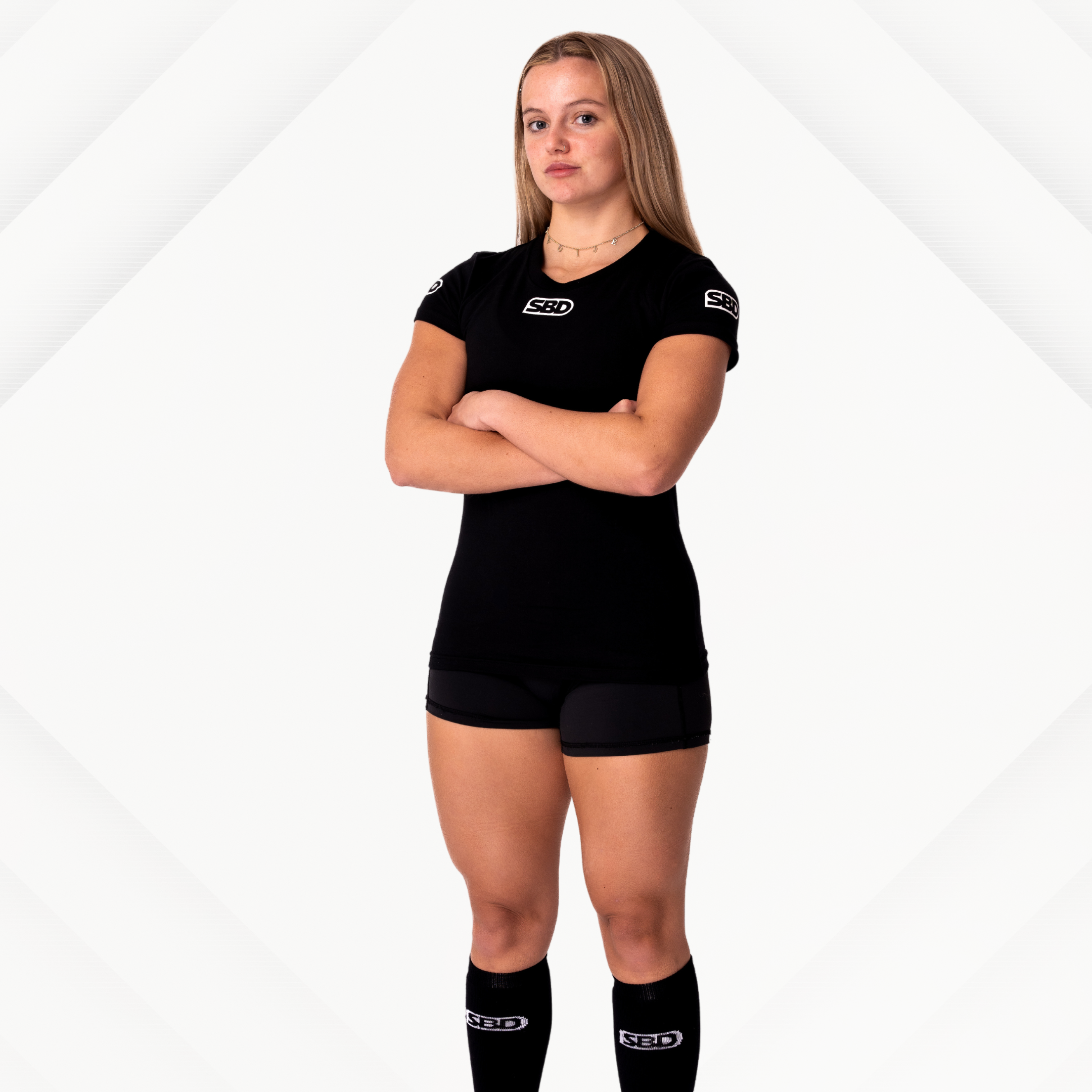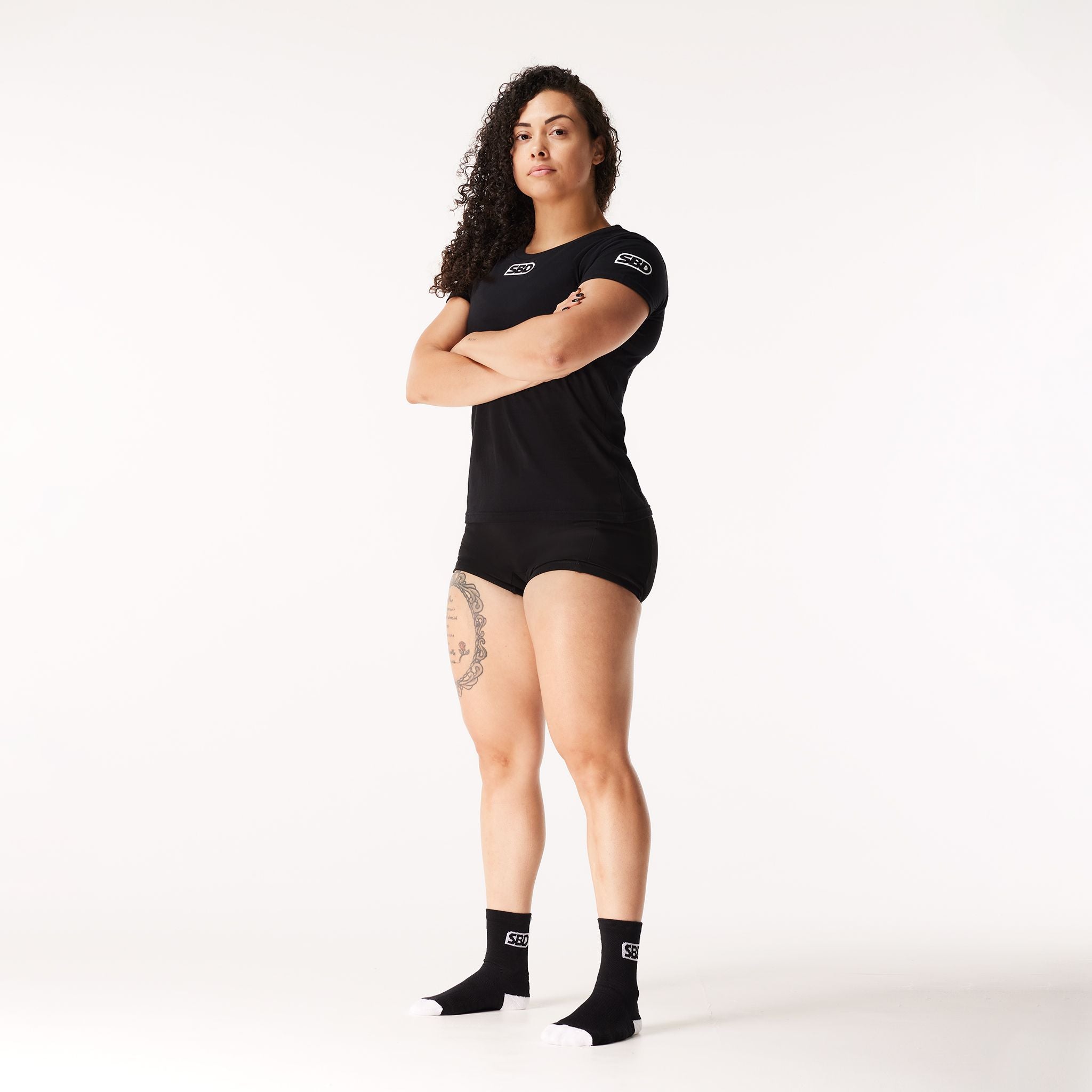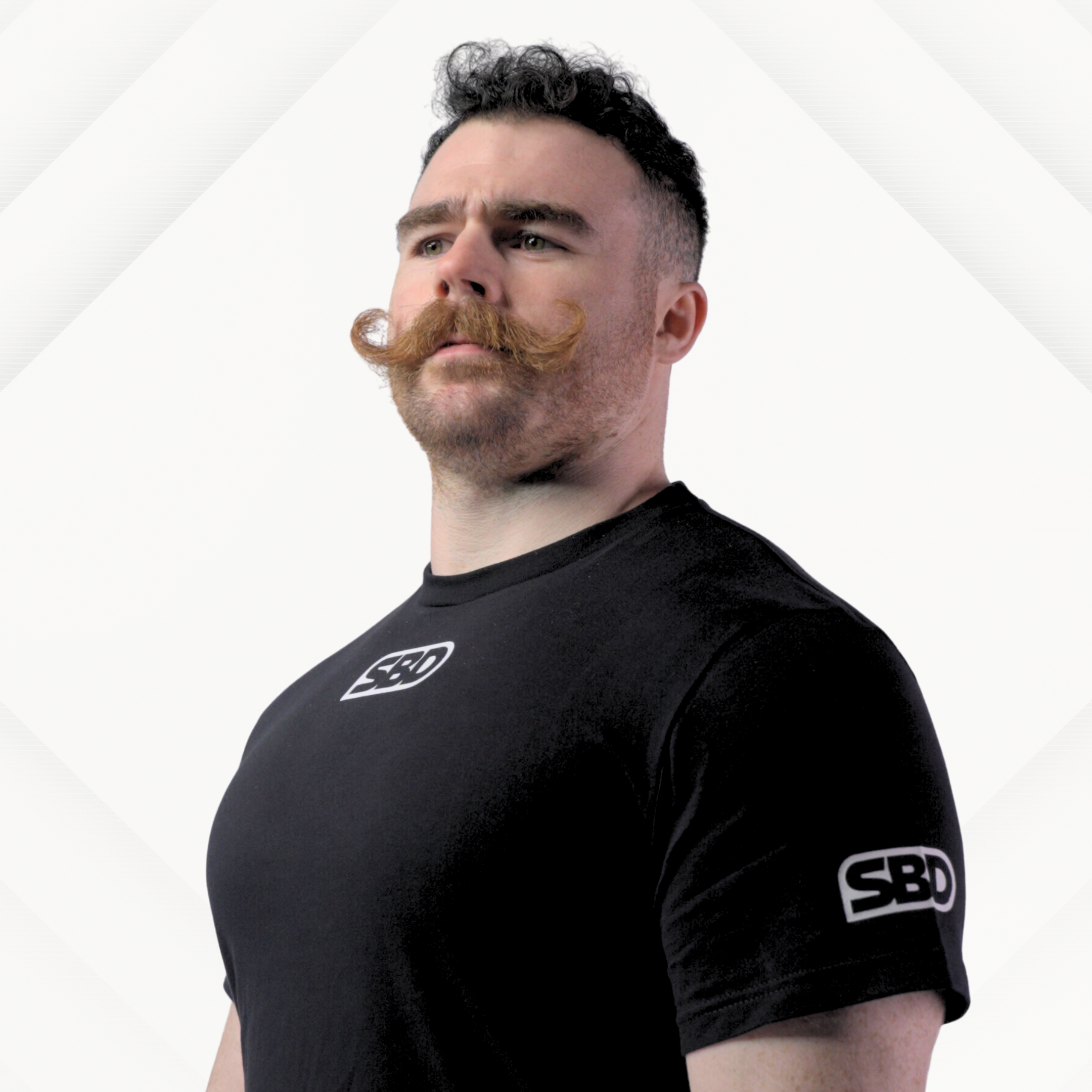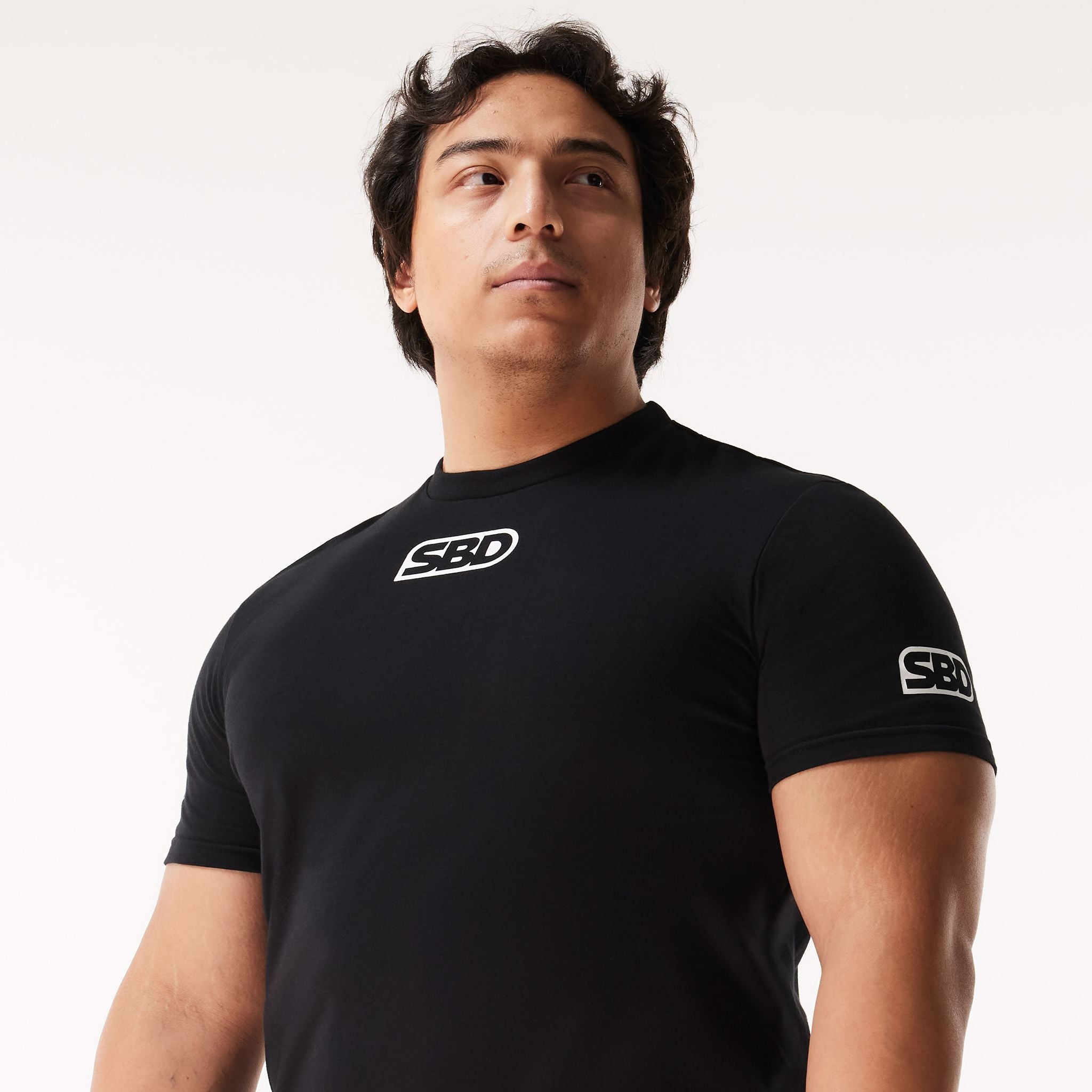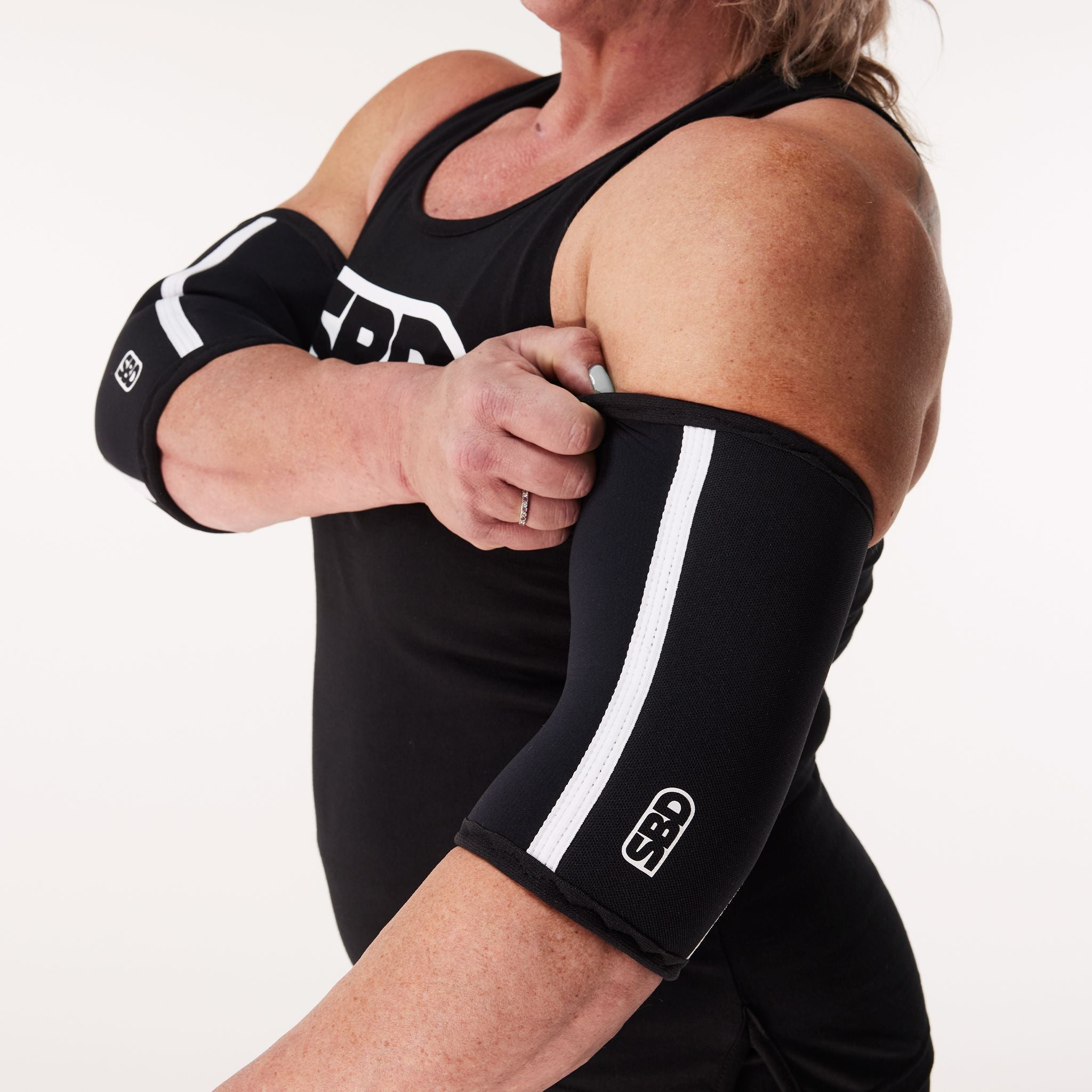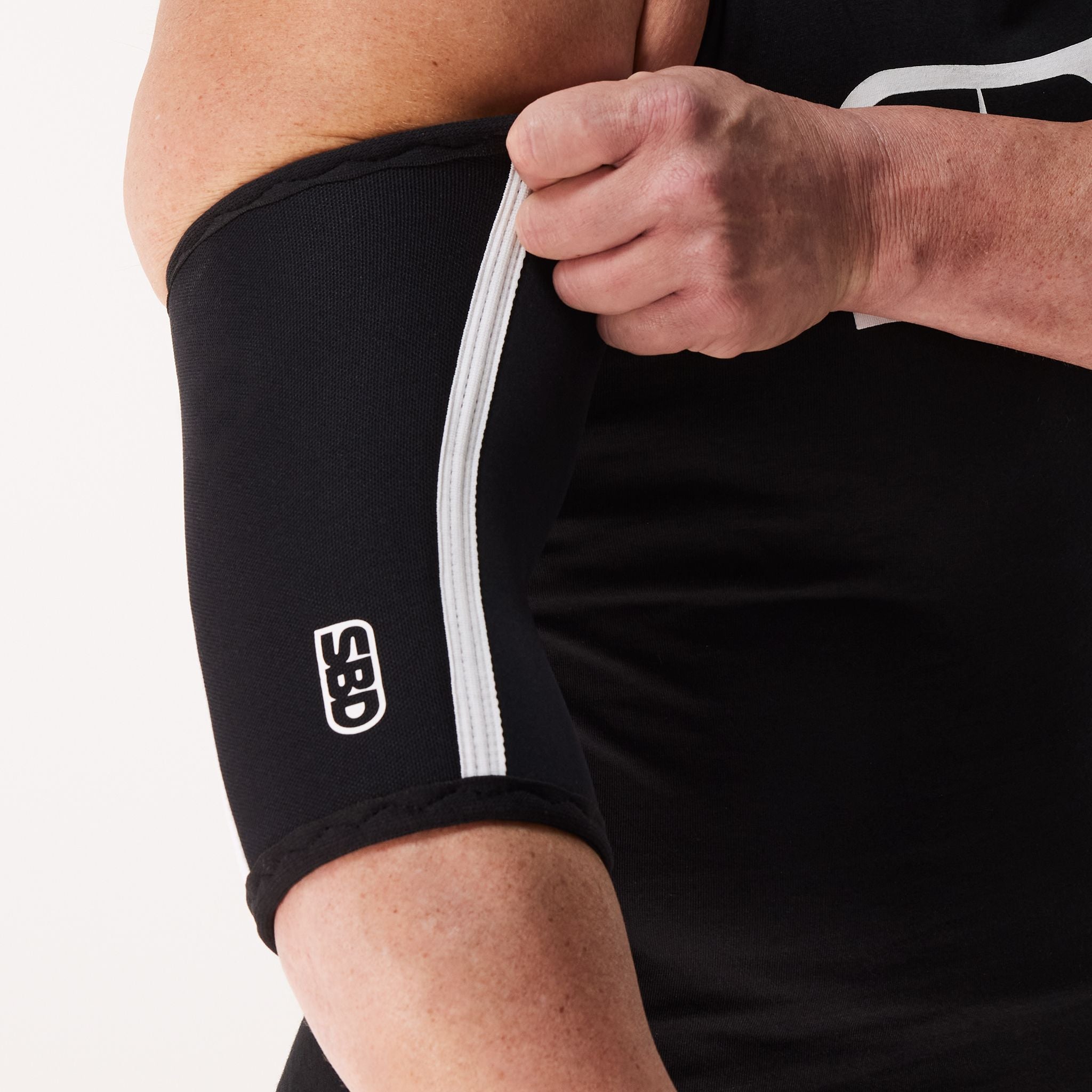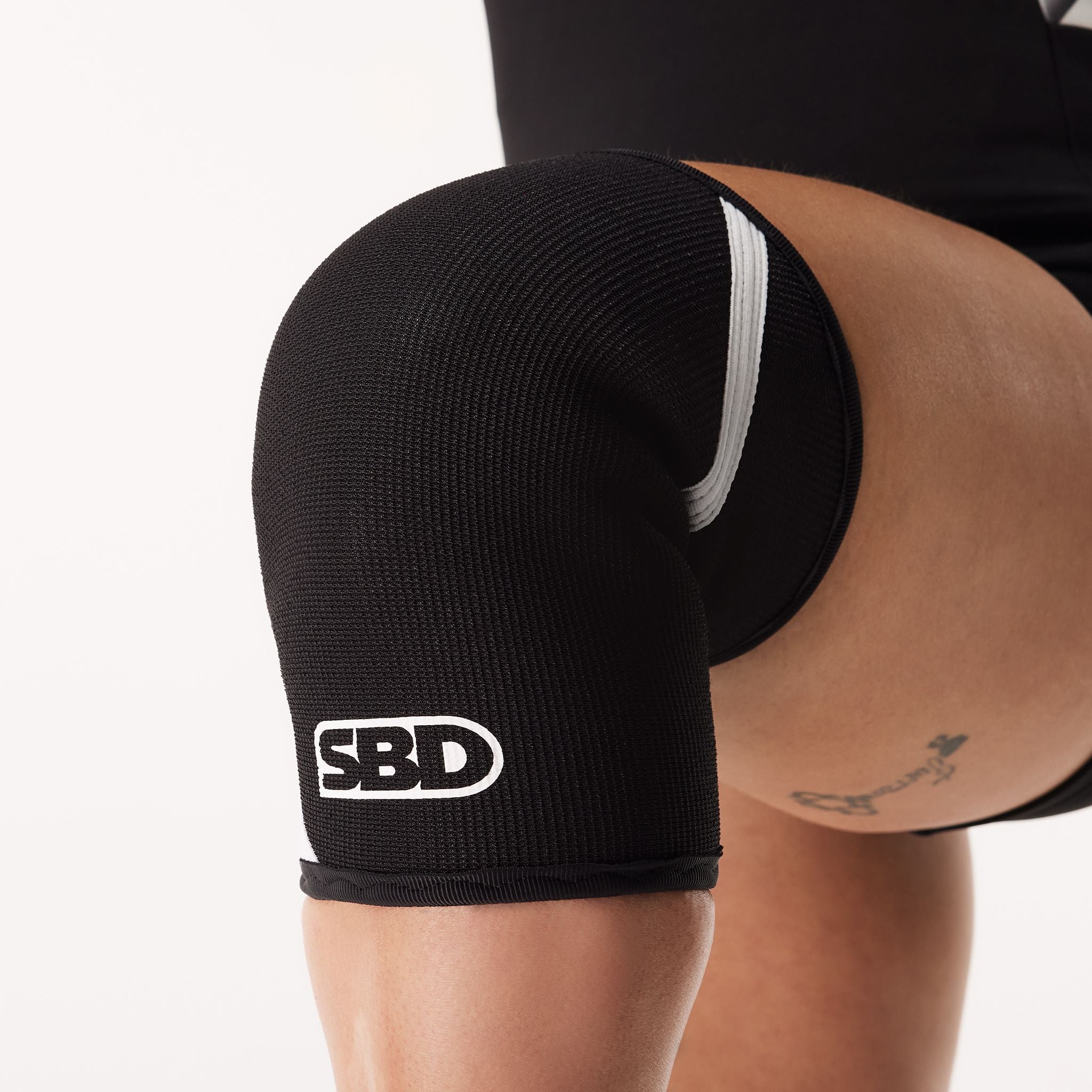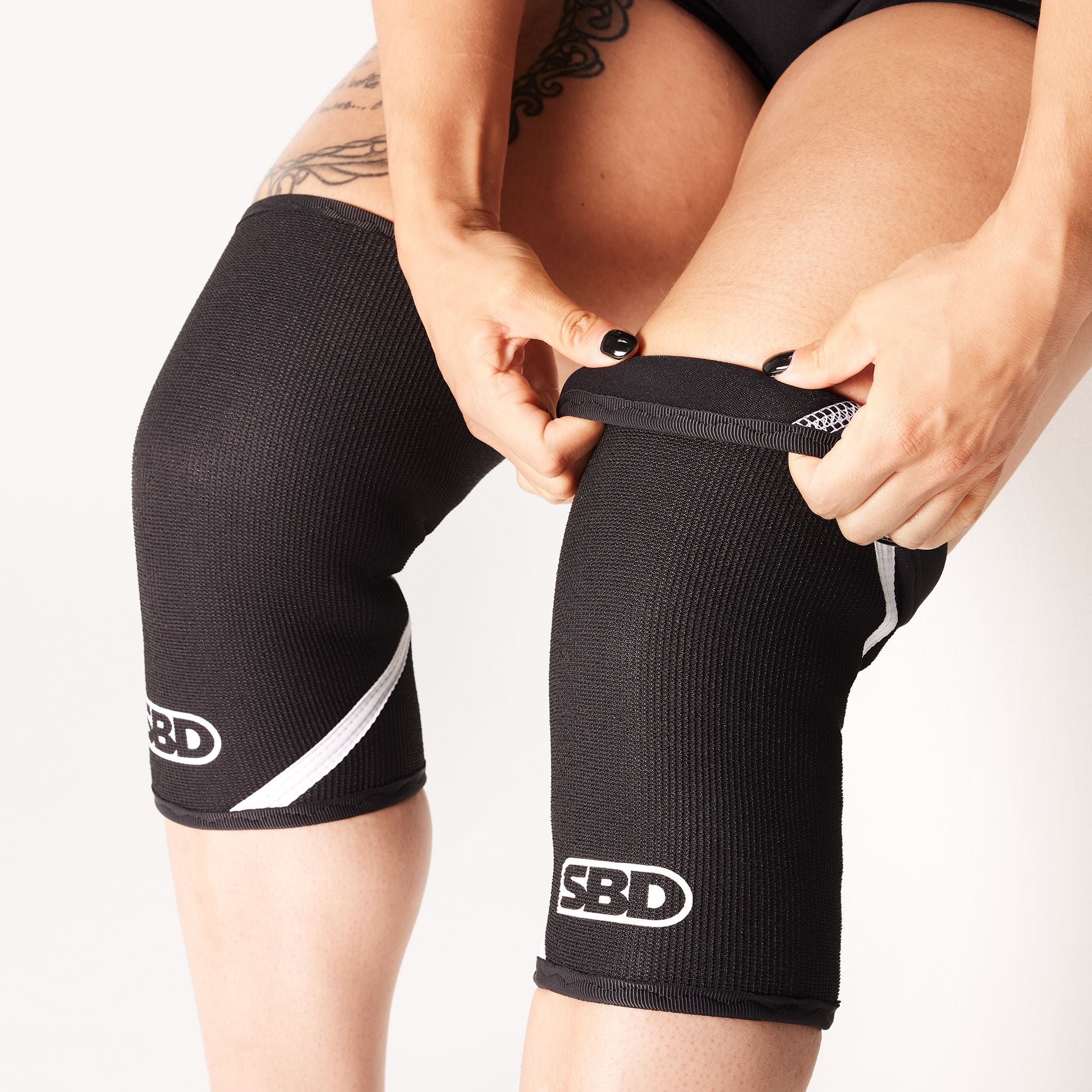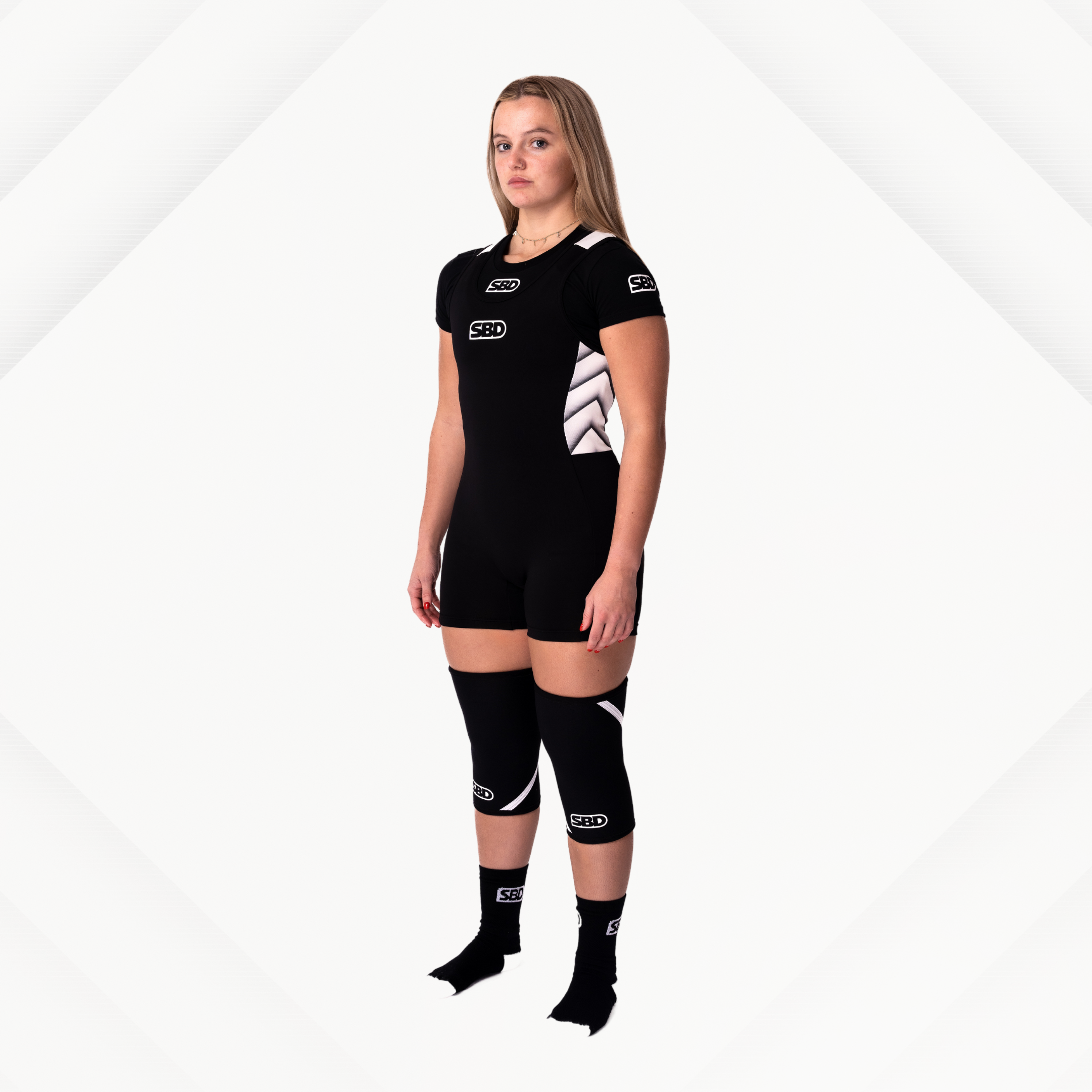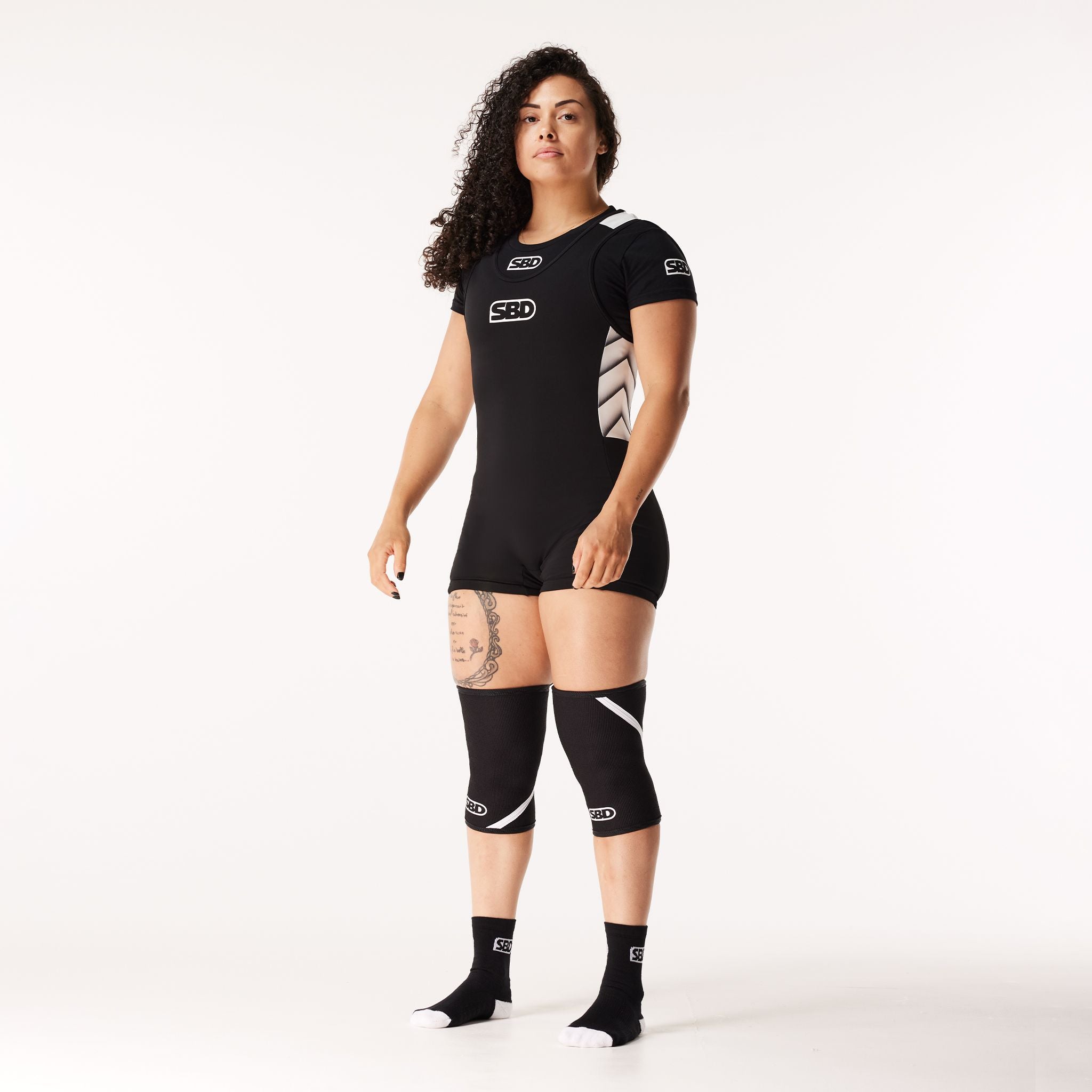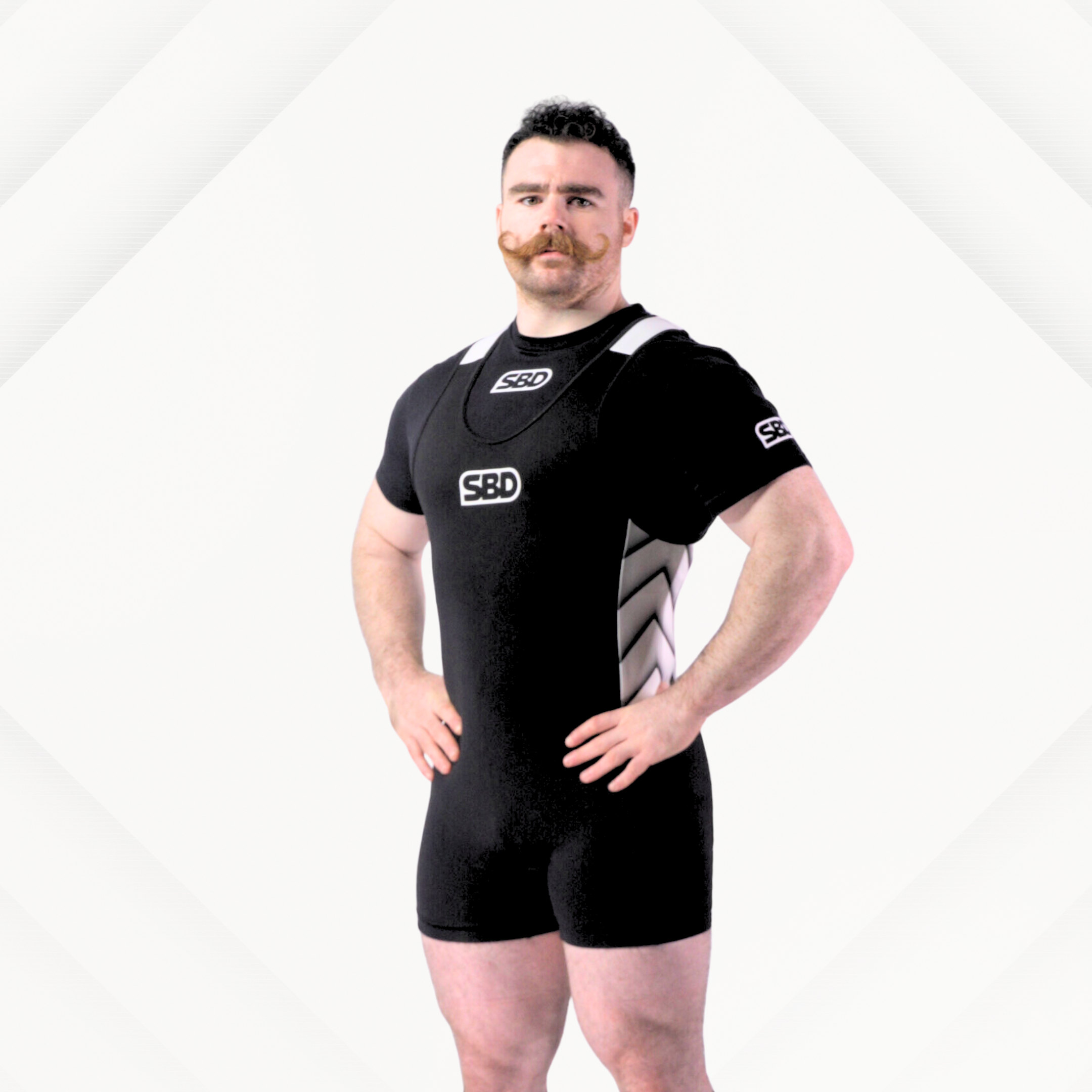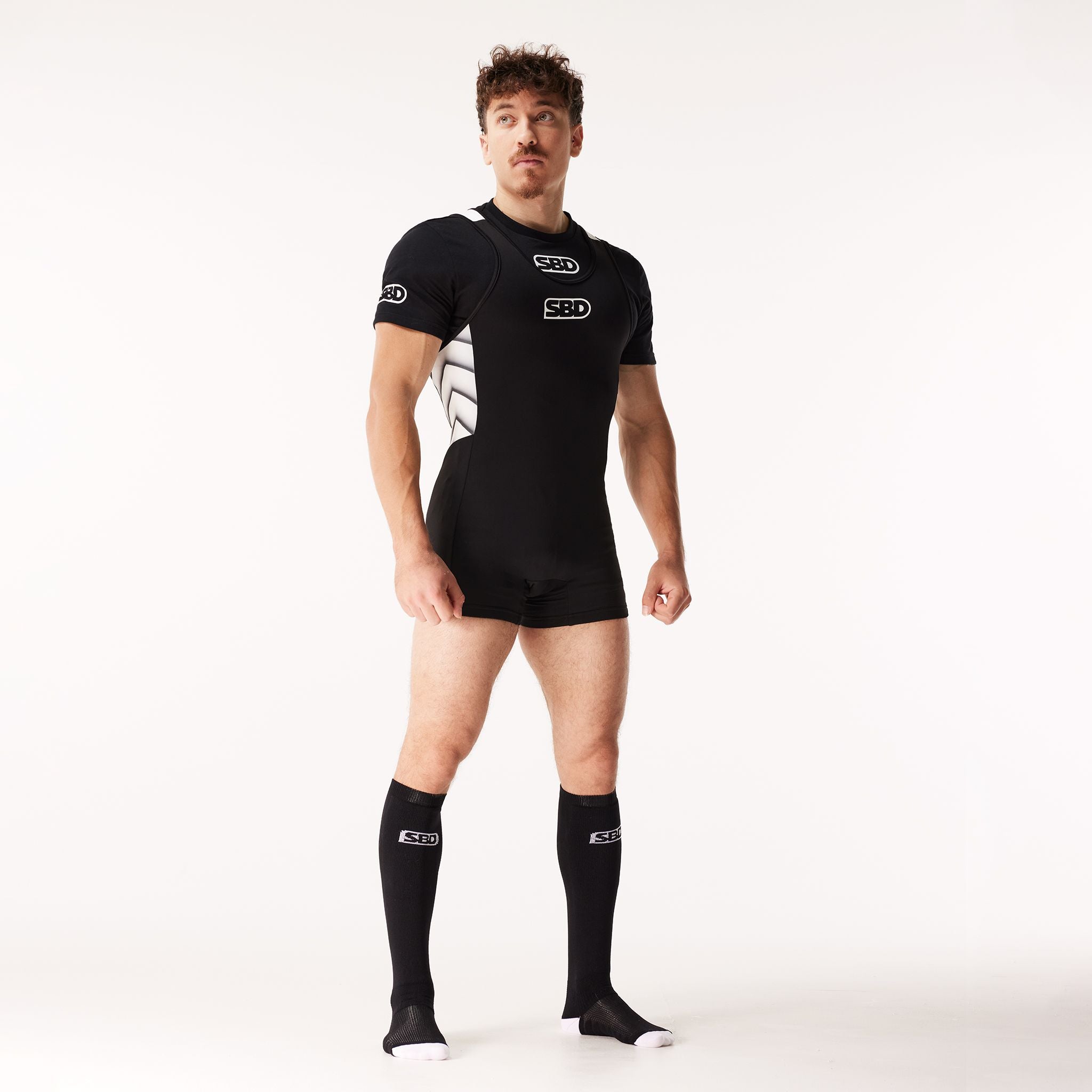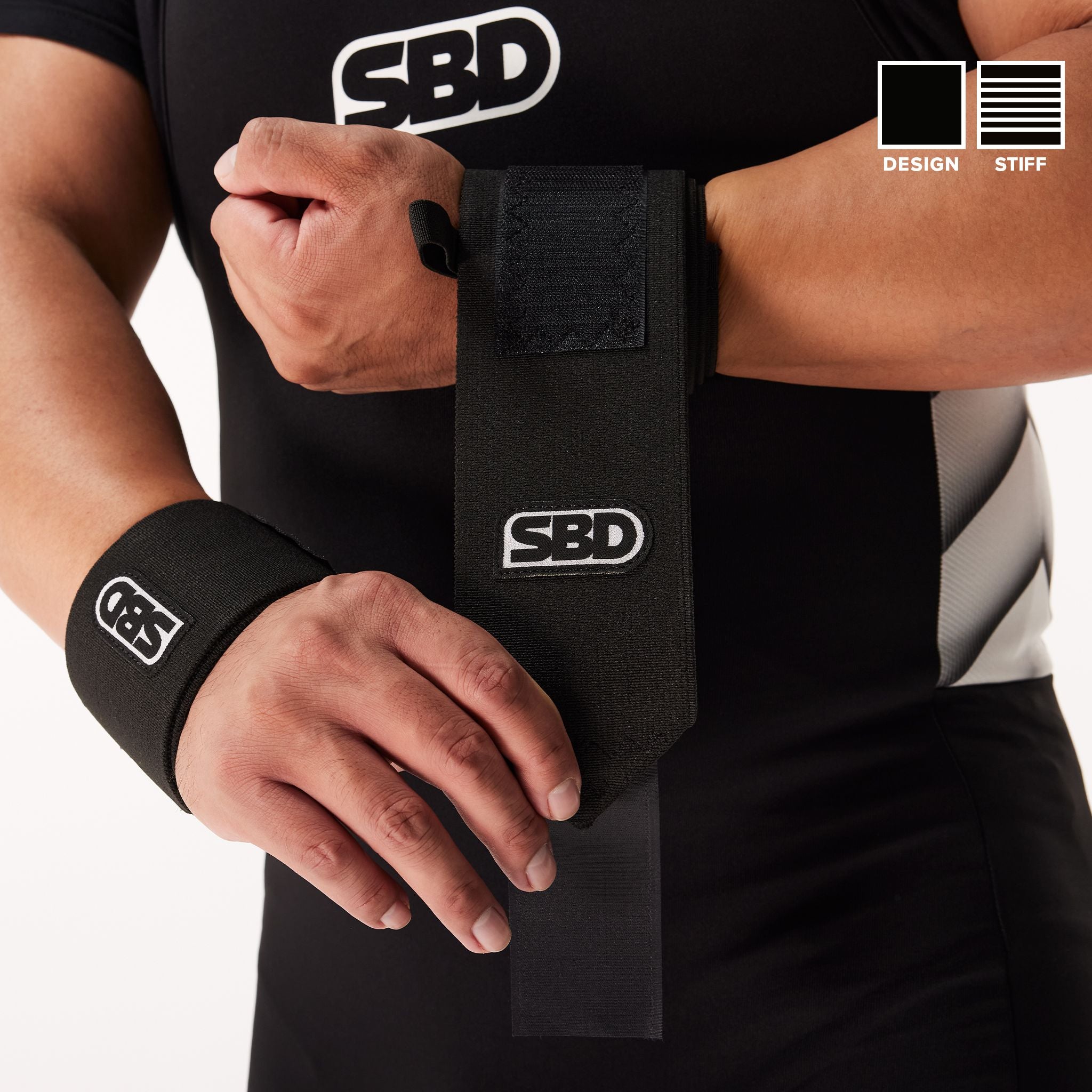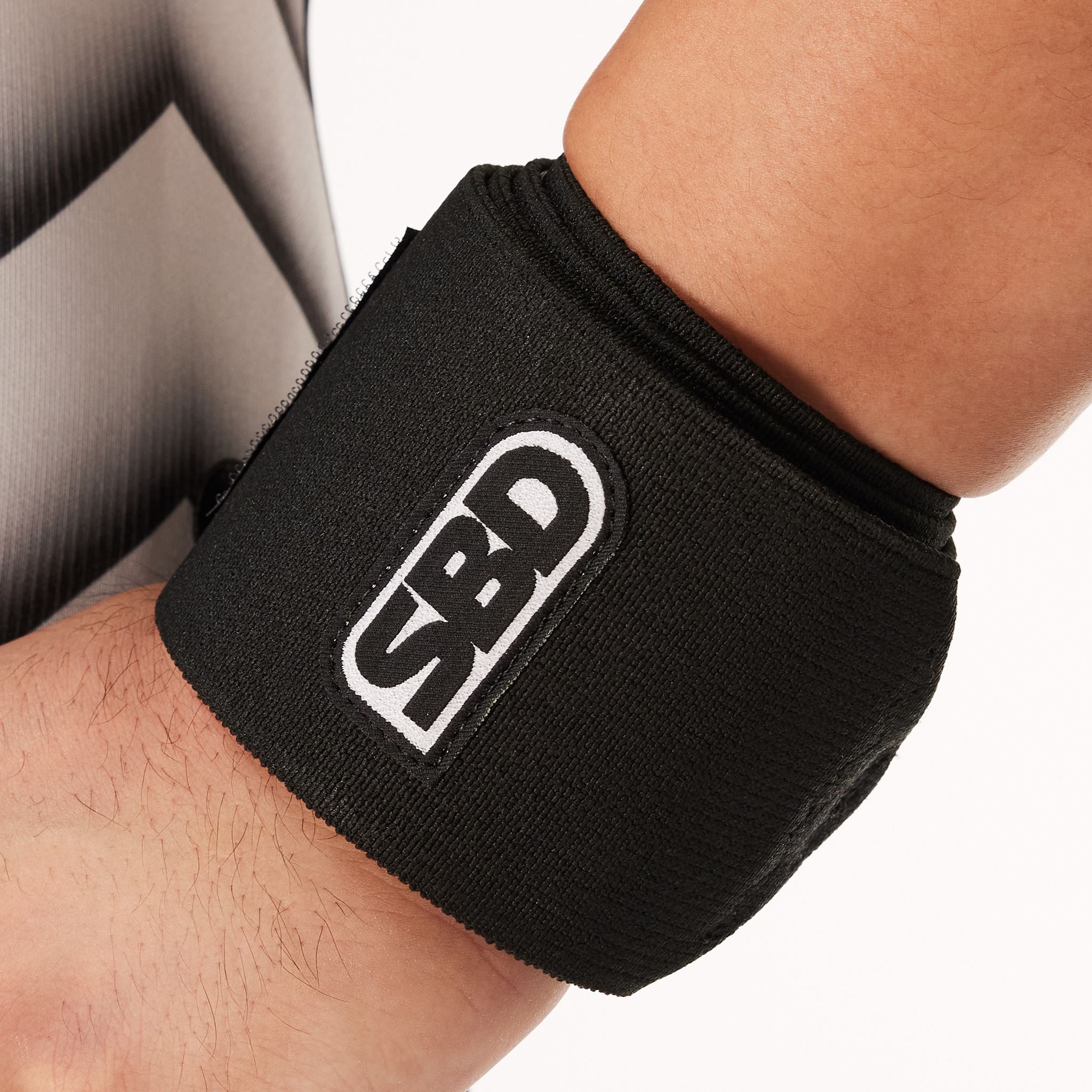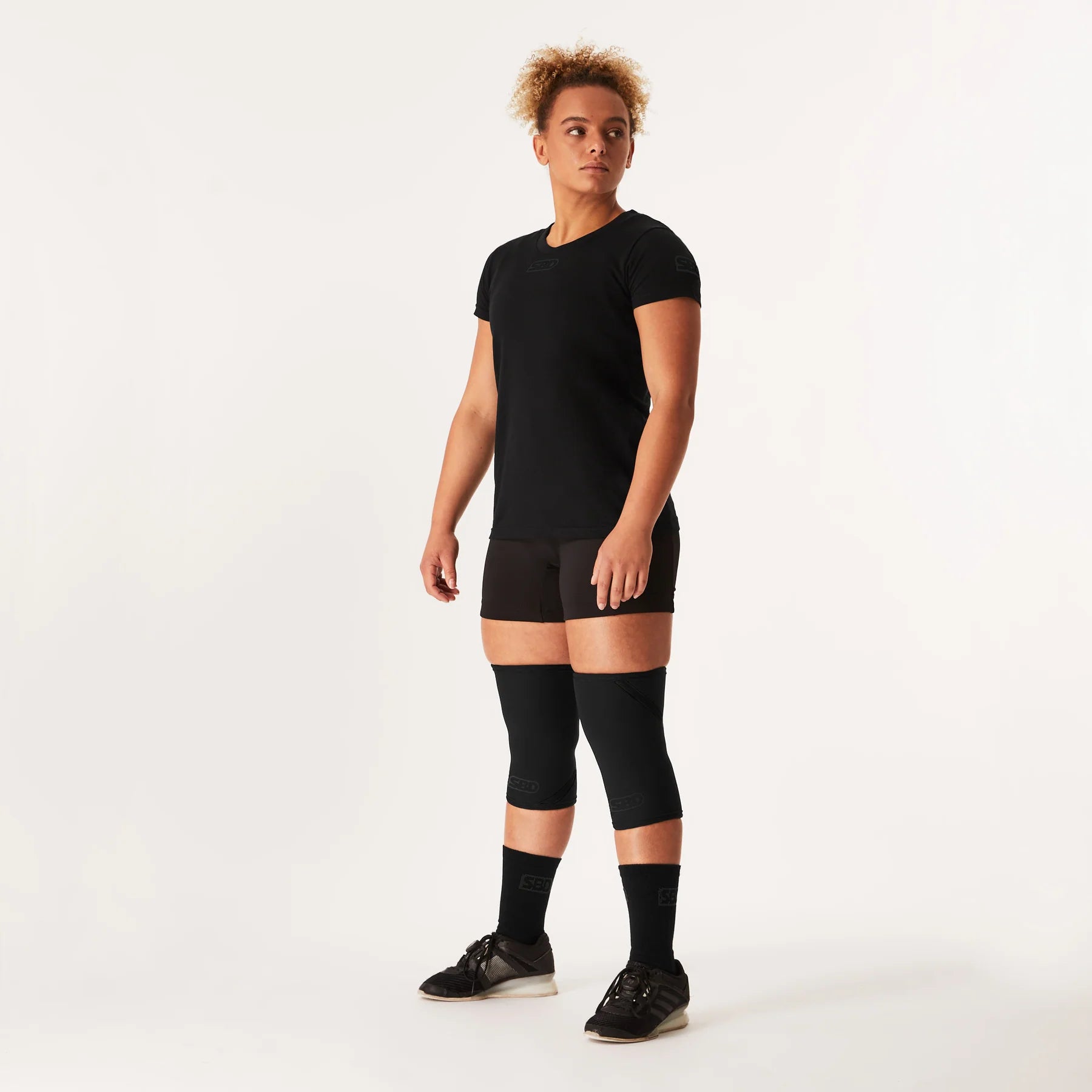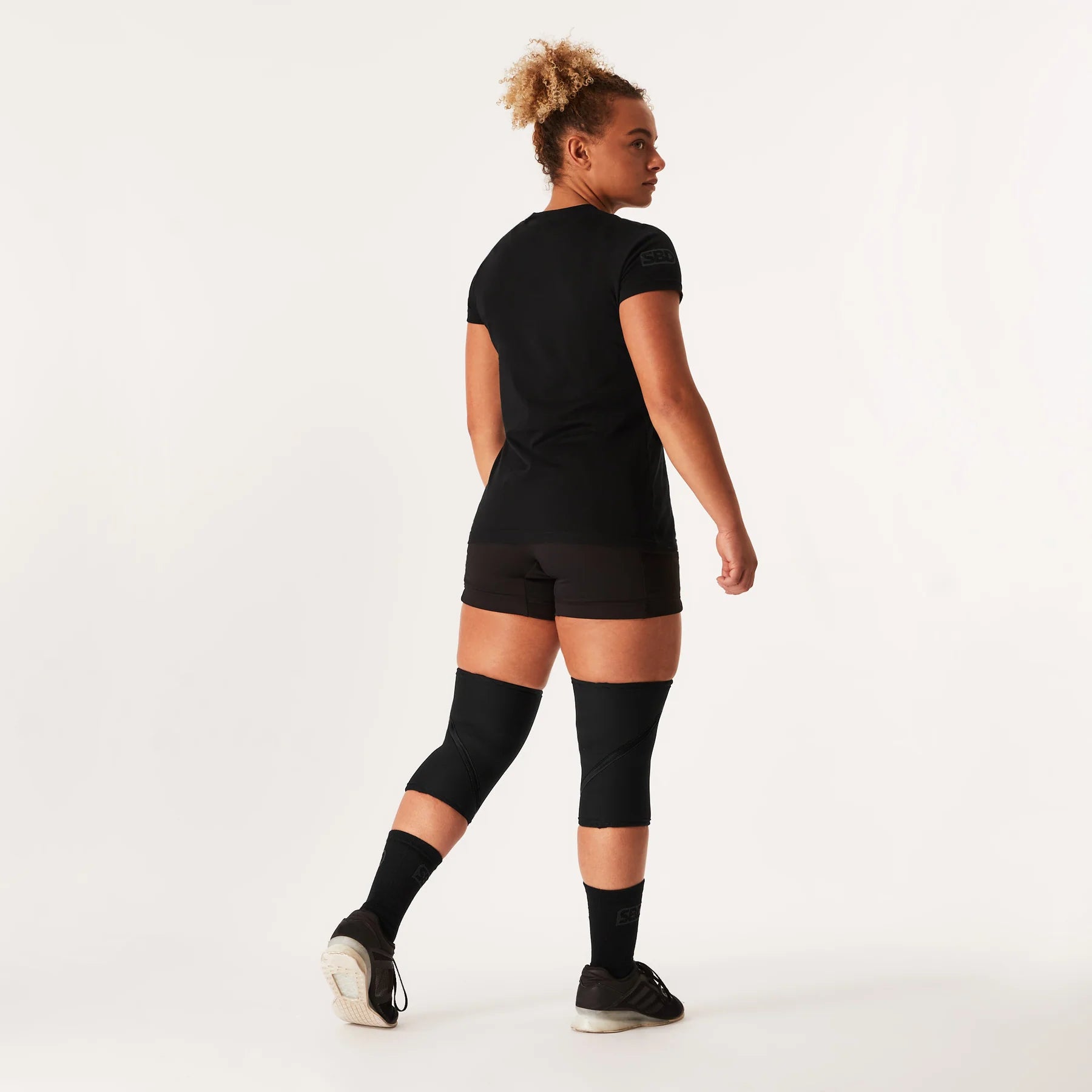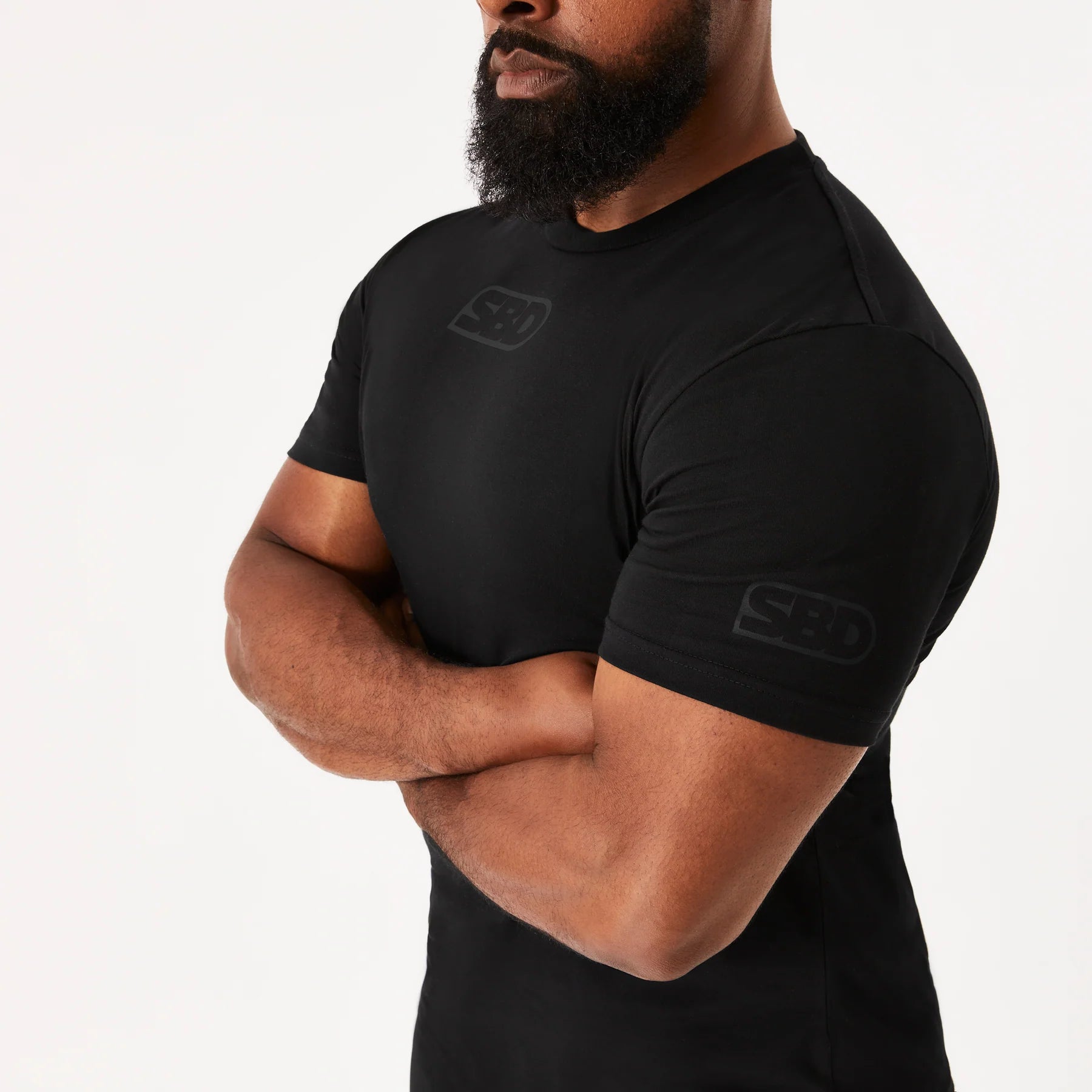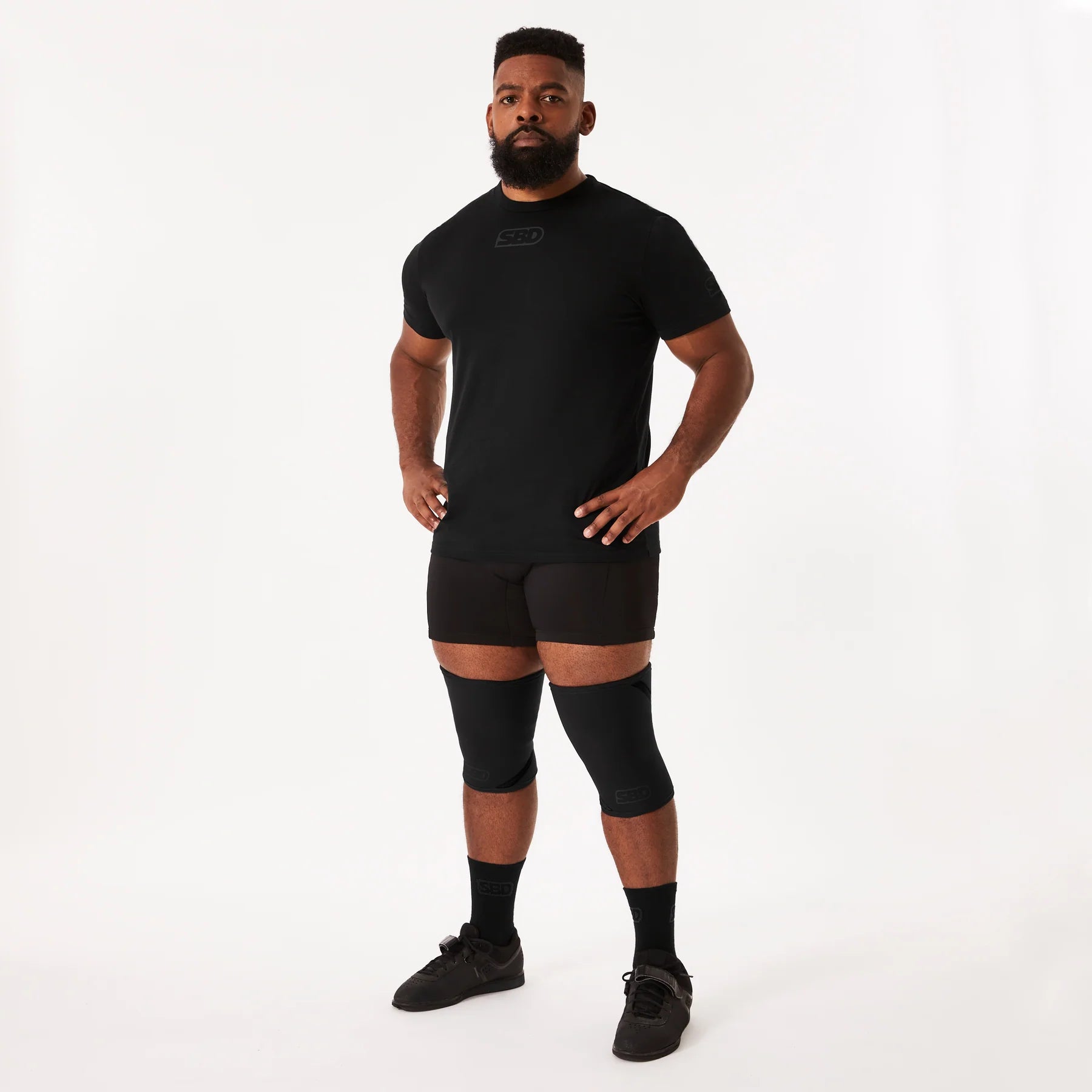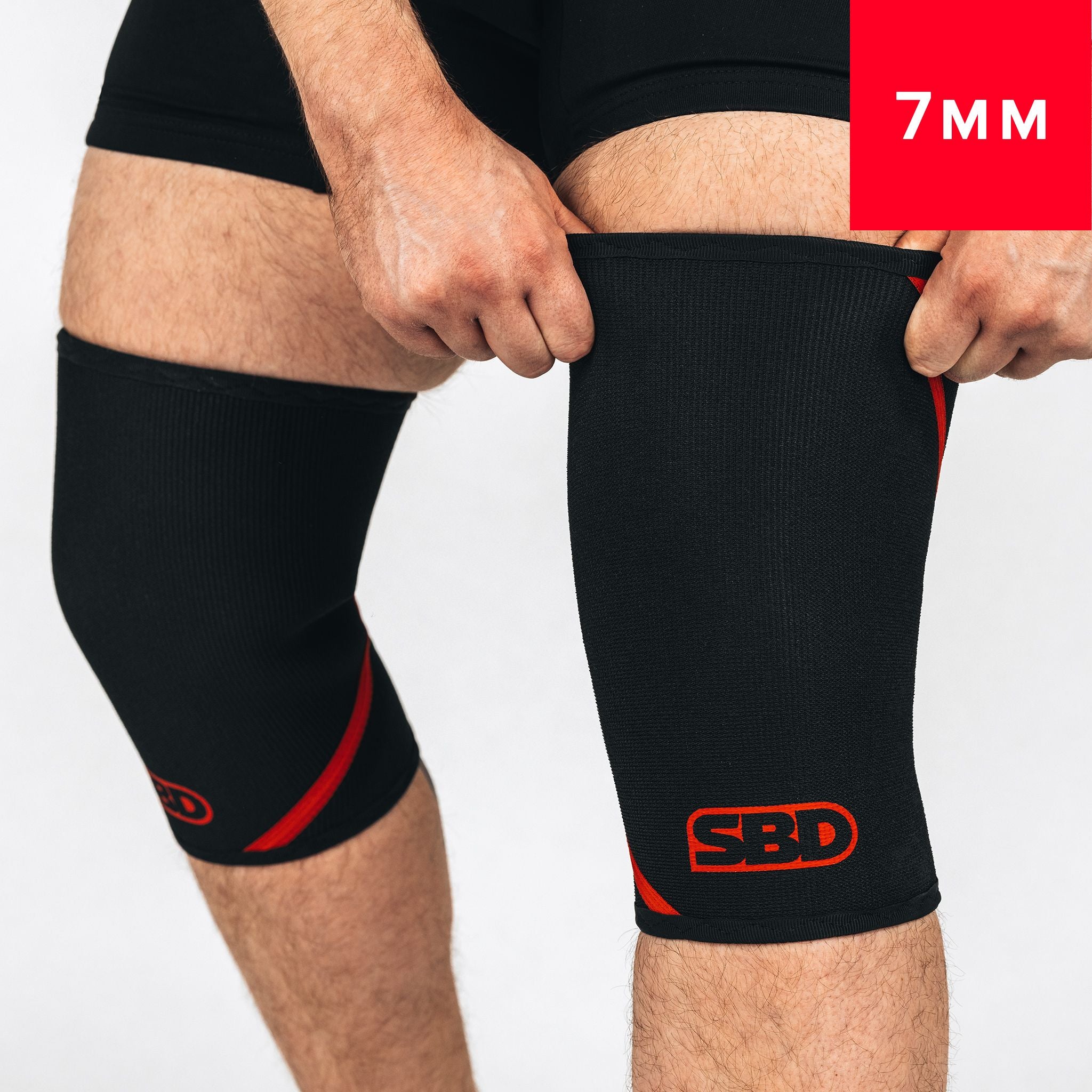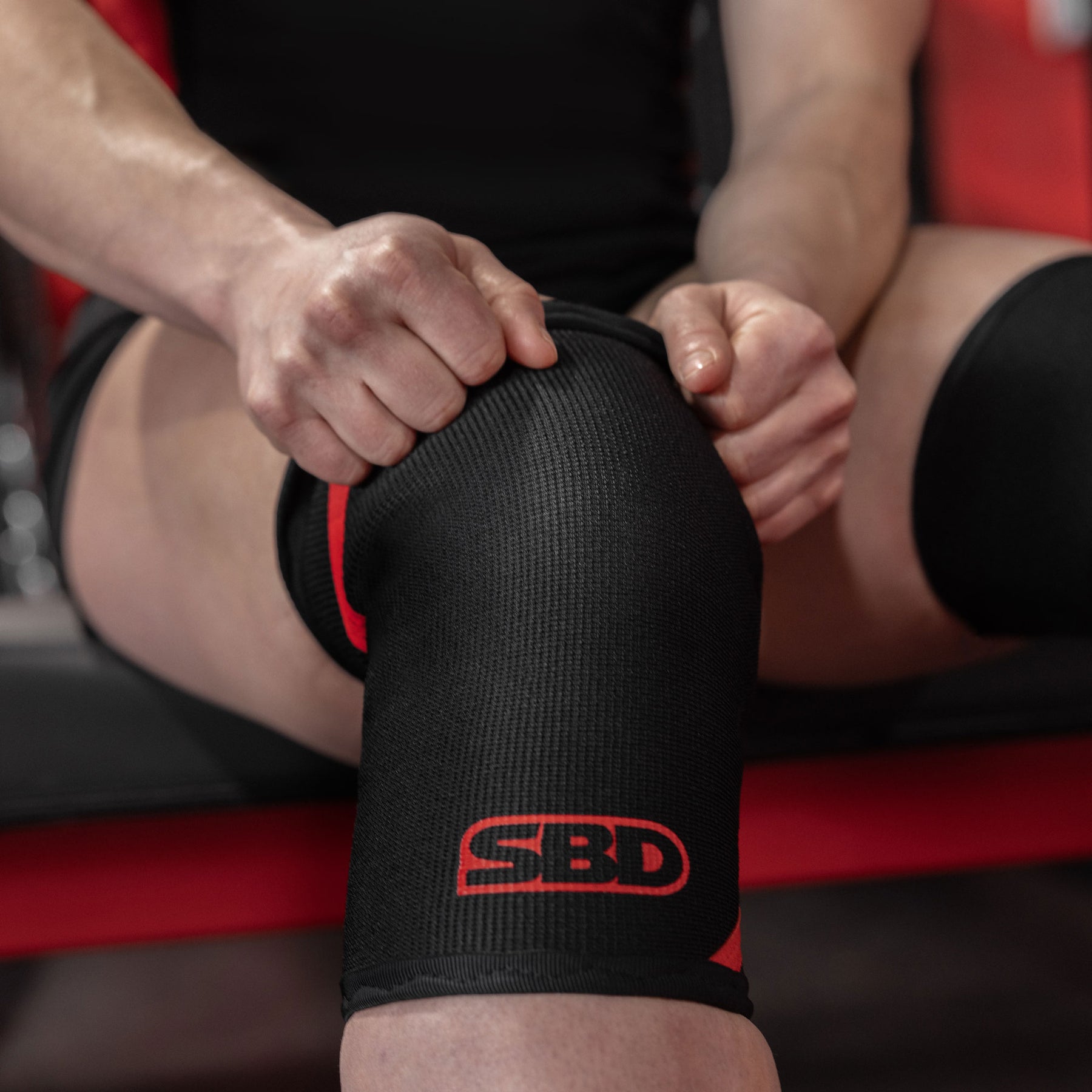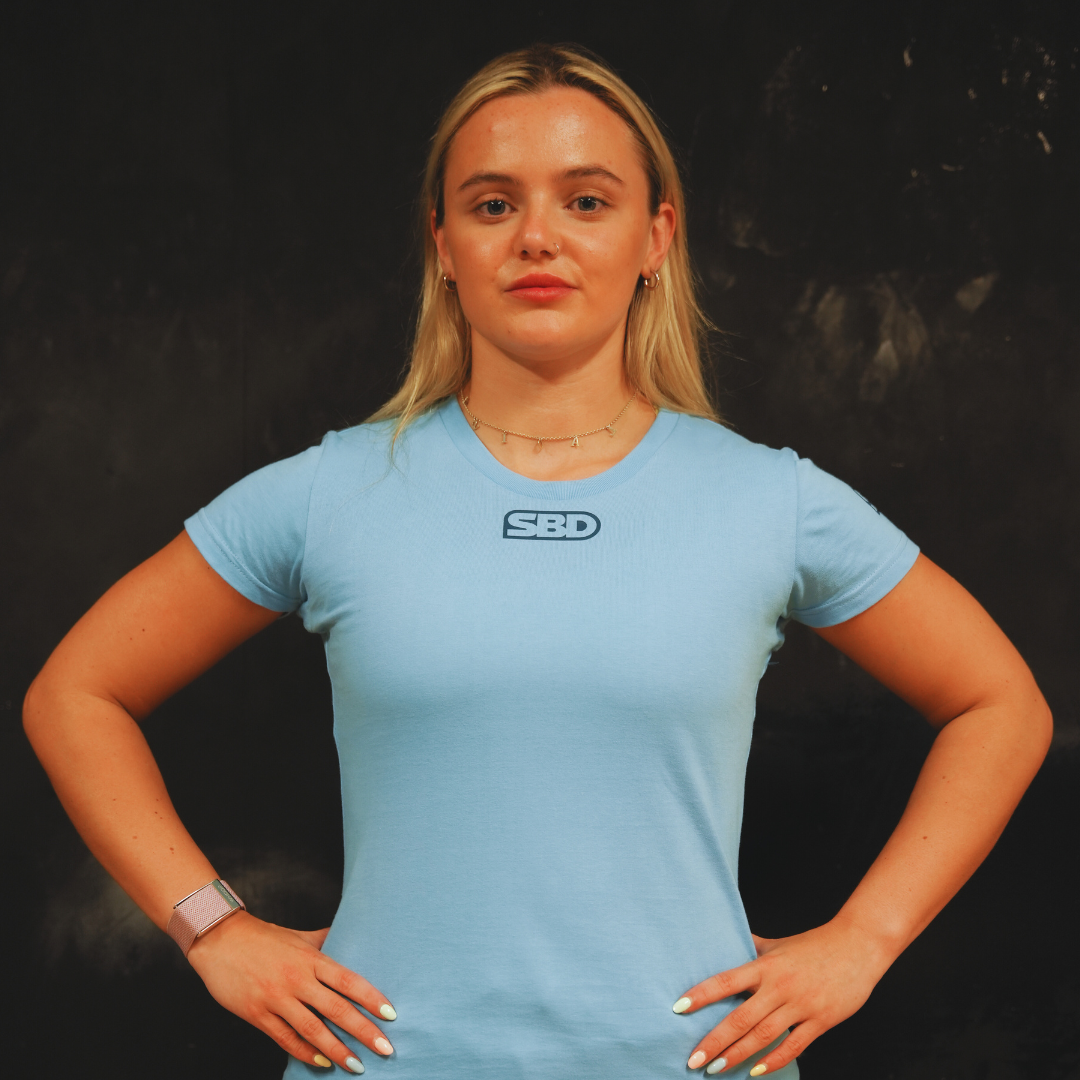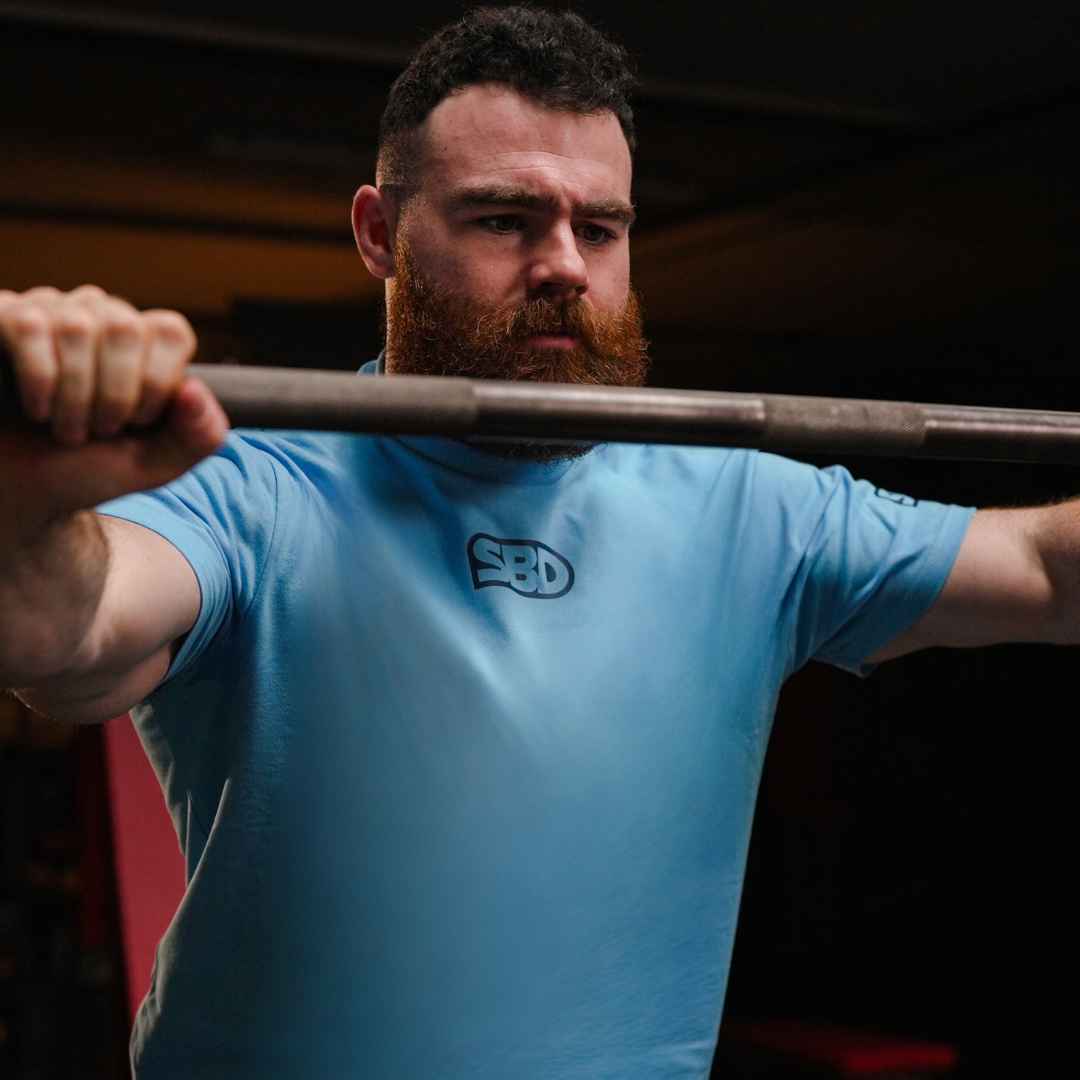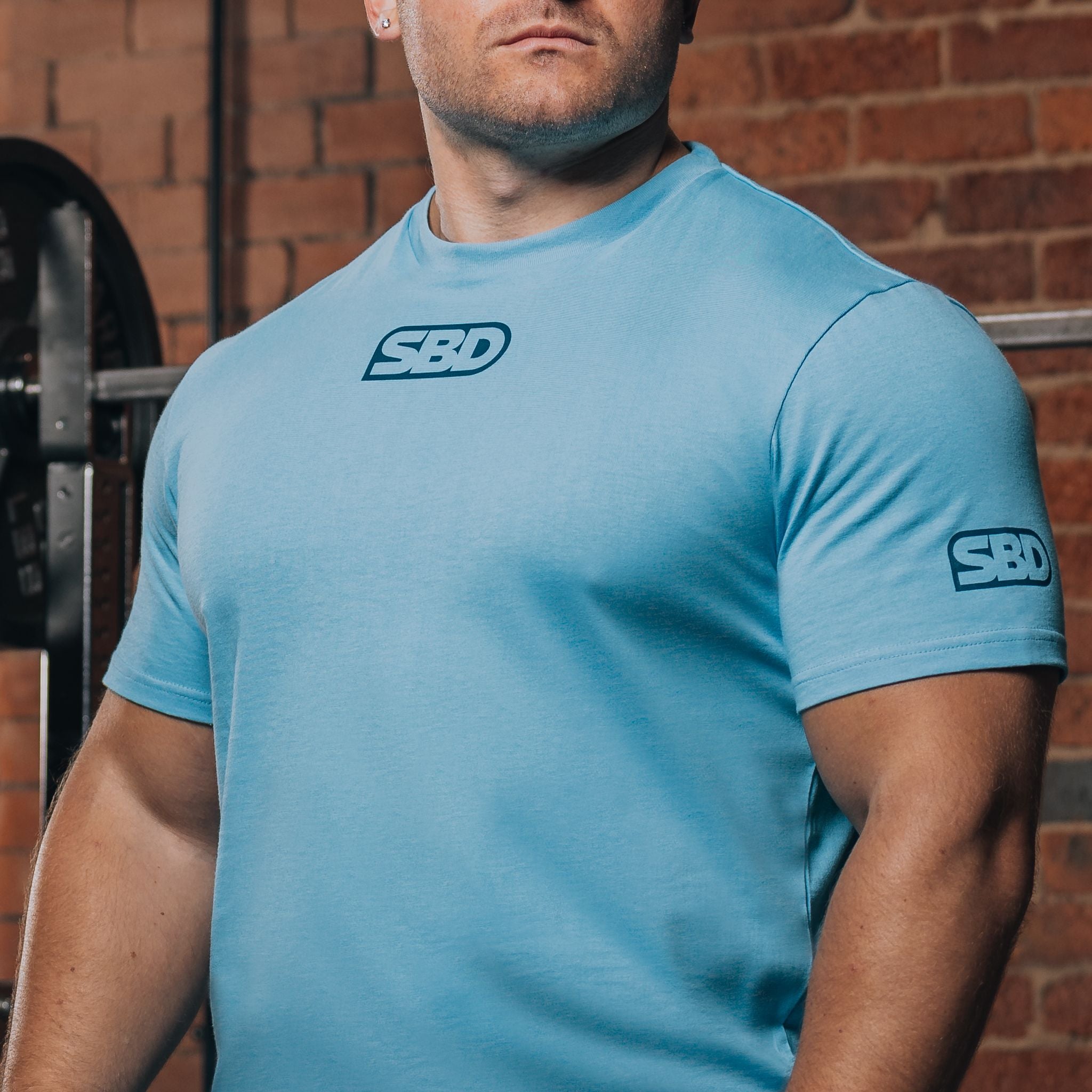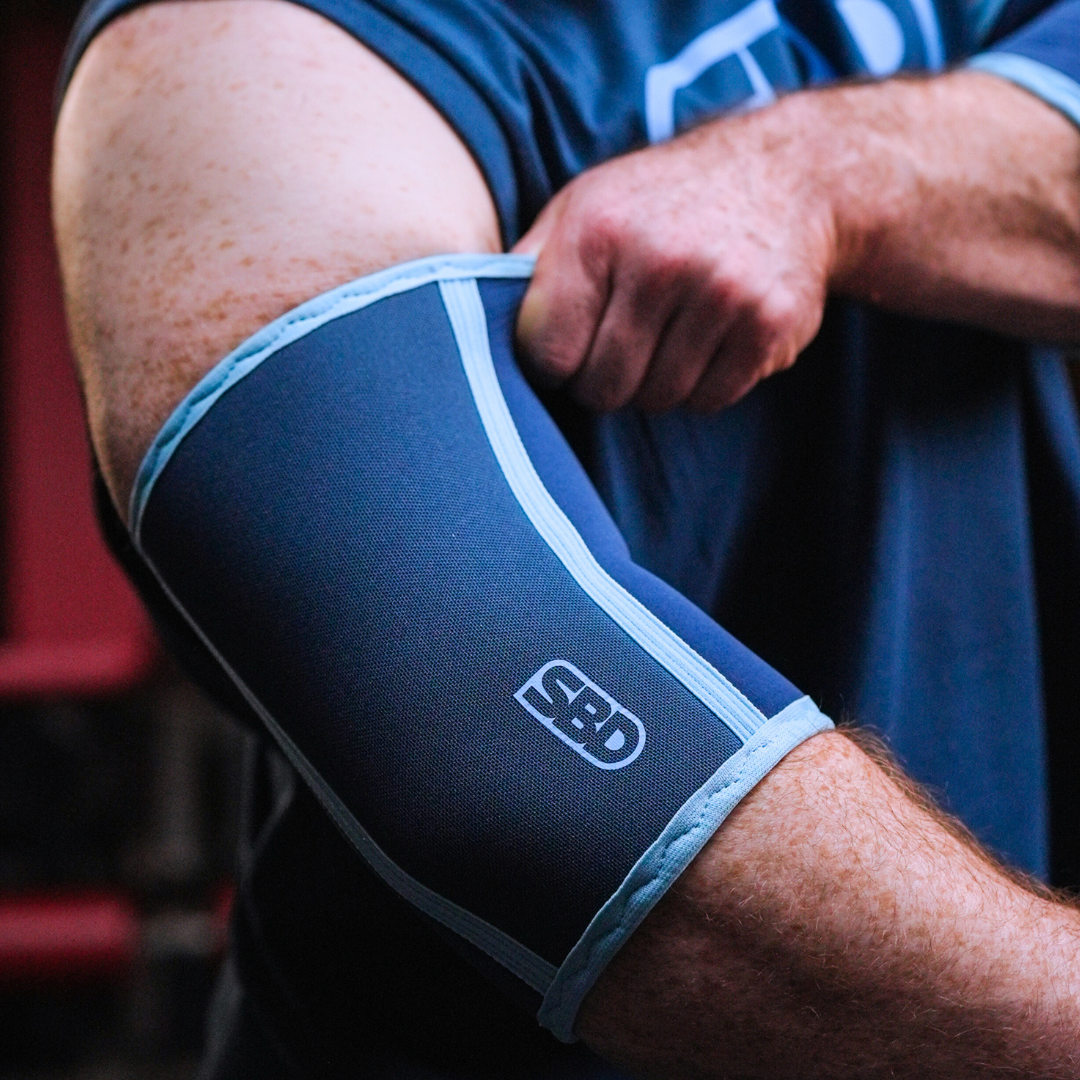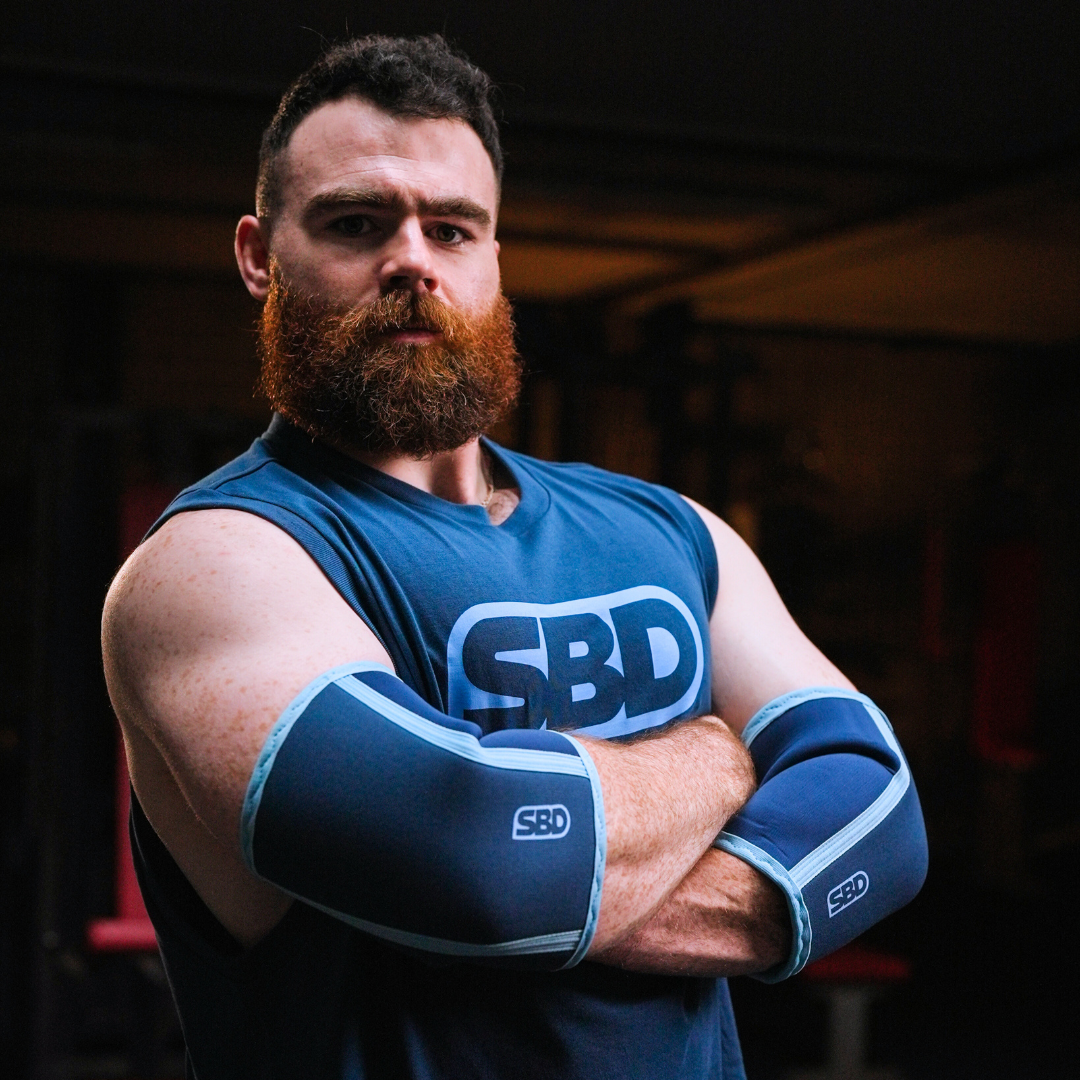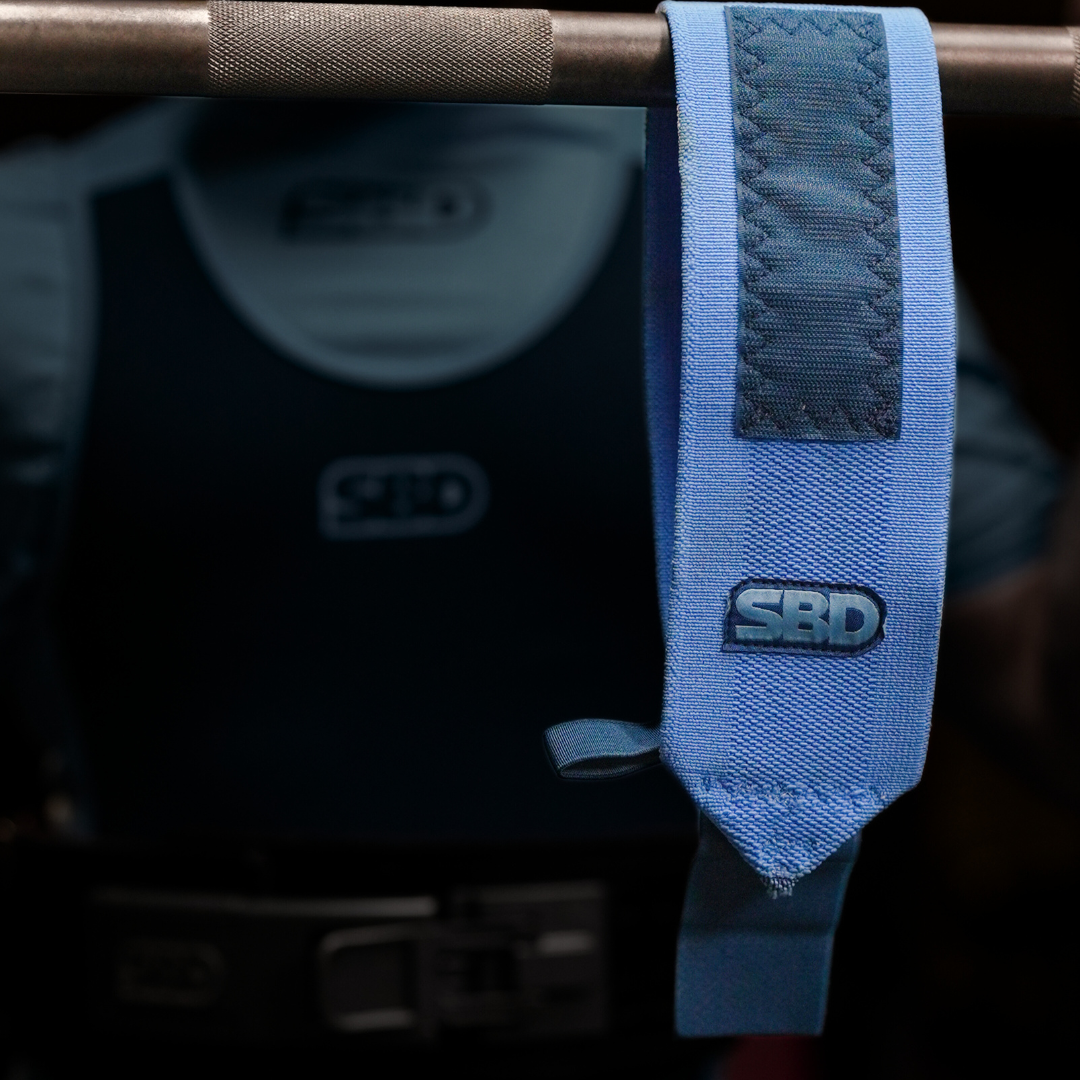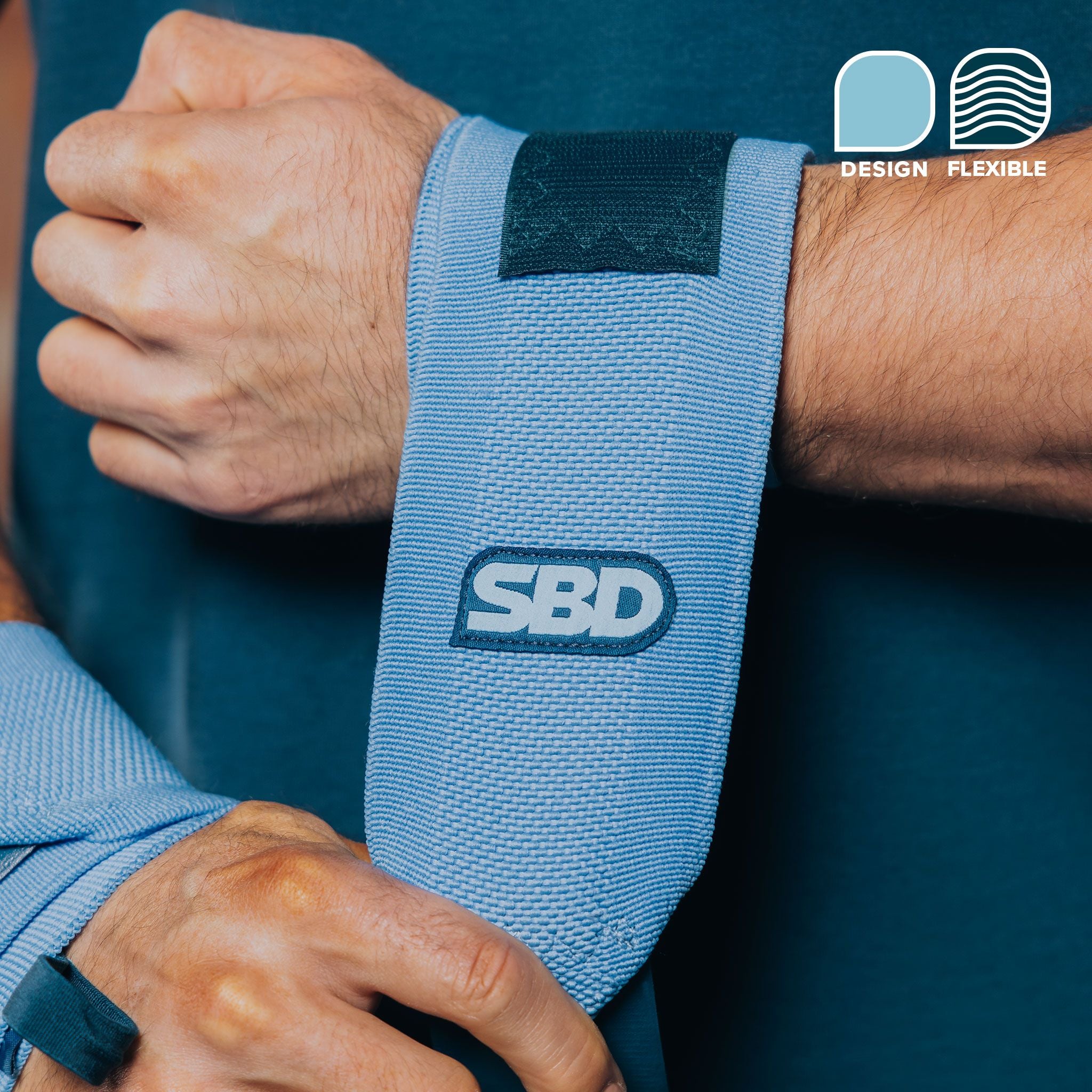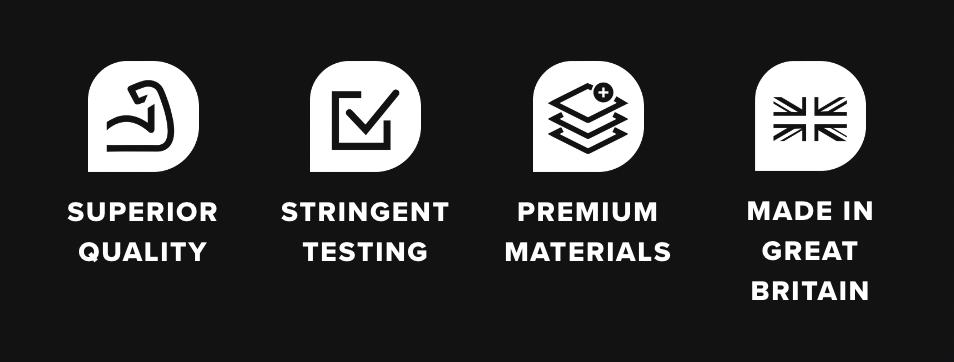Powerlifting and weightlifting are both strength sports focused on lifting heavy weights, but they differ significantly in their movements, techniques, and competition structure.
Powerlifting
Powerlifting consists of three main lifts: the squat, bench press, and deadlift. The objective is to lift as much weight as possible for a single repetition in each lift. Powerlifters are judged based on the combined total of their heaviest successful lift in each category. The focus in powerlifting is on maximal strength and stability, as these lifts primarily test the athlete’s ability to move large weights through shorter, controlled ranges of motion.
Powerlifting movements are typically slower and more controlled, emphasising technique and body position to generate the highest possible force. Because powerlifting doesn’t require as much dynamic motion, athletes often wear thicker support gear, such as 13mm lifting belts and 7mm knee sleeves, to enhance stability under heavy loads.
Weightlifting
Weightlifting, often referred to as Olympic weightlifting, involves two main lifts: the snatch and the clean and jerk. These lifts require athletes to lift a barbell from the ground to overhead in one or two swift, dynamic movements. Weightlifters aim for the highest total from their best successful lift in each category, with the combined weight determining their score.
The sport of weightlifting places a strong emphasis on explosive power, flexibility, and technique, as each lift requires athletes to perform fast, full-body movements through a wide range of motion. Olympic lifts are highly technical and require substantial skill, mobility, and coordination. Because of the need for dynamic movement, weightlifters typically opt for slightly thinner equipment, such as 10mm lifting belts and 5mm knee sleeves, to allow for greater flexibility and range of motion.
Key Differences:
- Lifts: Powerlifting focuses on the squat, bench press, and deadlift, while weightlifting centers on the snatch and clean and jerk.
- Movement Style: Powerlifting lifts are slower and controlled, aiming for maximal strength. Weightlifting lifts are fast, dynamic, and require high levels of coordination.
- Equipment: Powerlifters often use thicker belts and sleeves for maximum support; weightlifters use lighter equipment for flexibility.
- Focus: Powerlifting is about raw strength, whereas weightlifting emphasises explosive power and technique.
Both sports require strength, but they each demand unique skills and training approaches. Powerlifting builds raw strength and stability, while weightlifting hones explosive power, agility, and technical skill.

